LIVRES - EBOOKS - THEME : COMPUTERS,Artificial Intelligence,Computer Vision & Pattern Recognition
LIVRES - EBOOKS - THEME : COMPUTERS,Artificial Intelligence,Computer Vision & Pattern Recognition
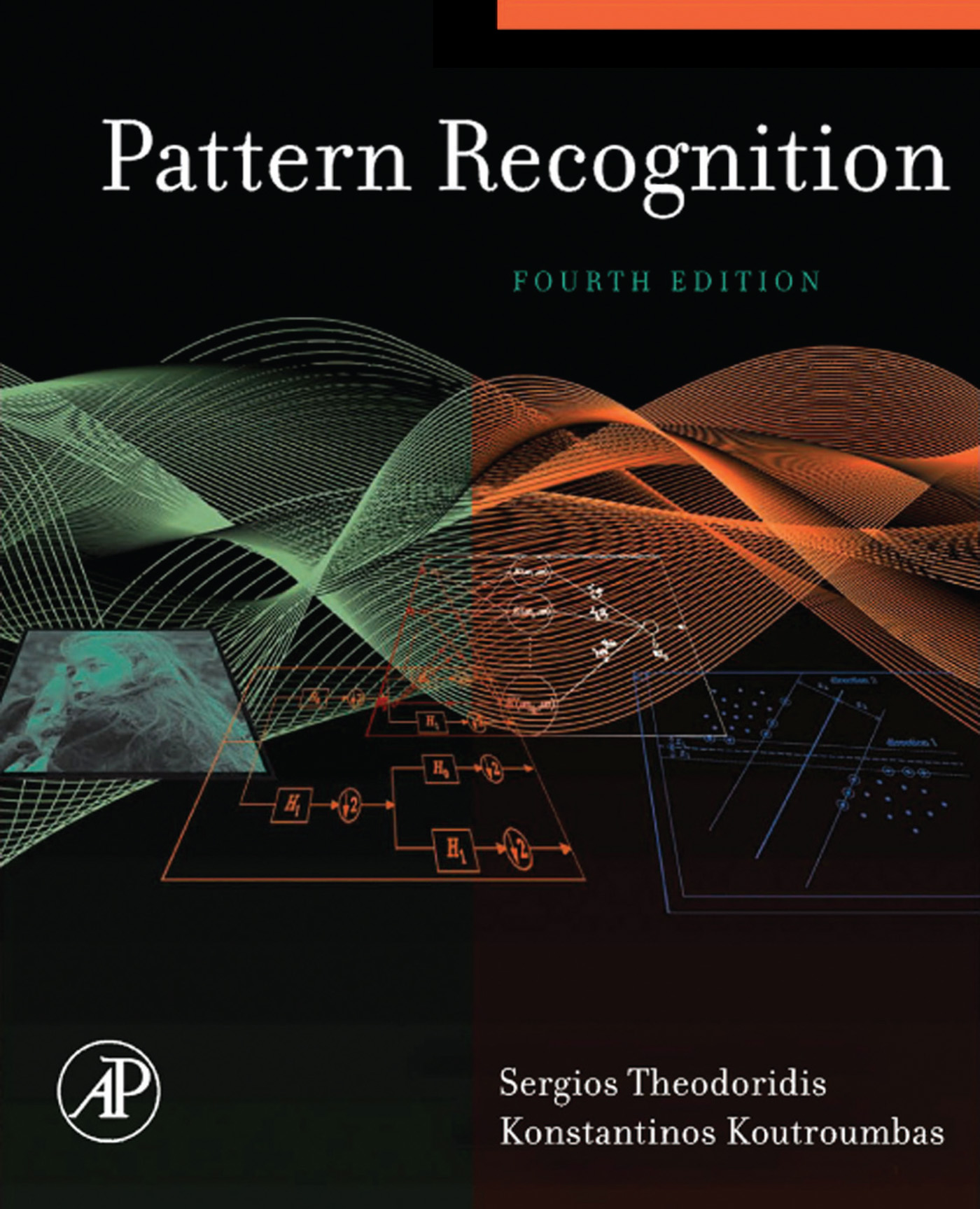
Pattern Recognition This book considers classical and current theory and practice, of supervised, unsupervised and semi-supervised pattern recognition, to build a complete background for professionals and students of engineering. The authors, leading experts in the field of pattern recognition, have provided an up-to-date, self-contained volume encapsulating this wide spectrum of information. The very latest methods are incorporated in this edition: semi-supervised learning, combining clustering algorithms, and relevance feedback. · Thoroughly developed to include many more worked examples to give greater understanding of the various methods and techniques · Many more diagrams included--now in two color--to provide greater insight through visual presentation · Matlab code of the most common methods are given at the end of each chapter. · More Matlab code is available, together with an accompanying manual, via this site · Latest hot topics included to further the reference value of the text including non-linear dimensionality reduction techniques, relevance feedback, semi-supervised learning, spectral clustering, combining clustering algorithms. · An accompanying book with Matlab code of the most common methods and algorithms in the book, together with a descriptive summary, and solved examples including real-life data sets in imaging, and audio recognition. The companion book will be available separately or at a special packaged price (ISBN: 9780123744869). Thoroughly developed to include many more worked examples to give greater understanding of the various methods and techniques Many more diagrams included--now in two color--to provide greater insight through visual presentation Matlab code of the most common methods are given at the end of each chapter An accompanying book with Matlab code of the most common methods and algorithms in the book, together with a descriptive summary and solved examples, and including real-life data sets in imaging and audio recognition. The companion book is available separately or at a special packaged price (Book ISBN: 9780123744869. Package ISBN: 9780123744913) Latest hot topics included to further the reference value of the text including non-linear dimensionality reduction techniques, relevance feedback, semi-supervised learning, spectral clustering, combining clustering algorithms Solutions manual, powerpoint slides, and additional resources are available to faculty using the text for their course. Register at www.textbooks.elsevier.com and search on "Theodoridis" to access resources for instructor. COMPUTERS,Artificial Intelligence,Computer Vision & Pattern Recognition
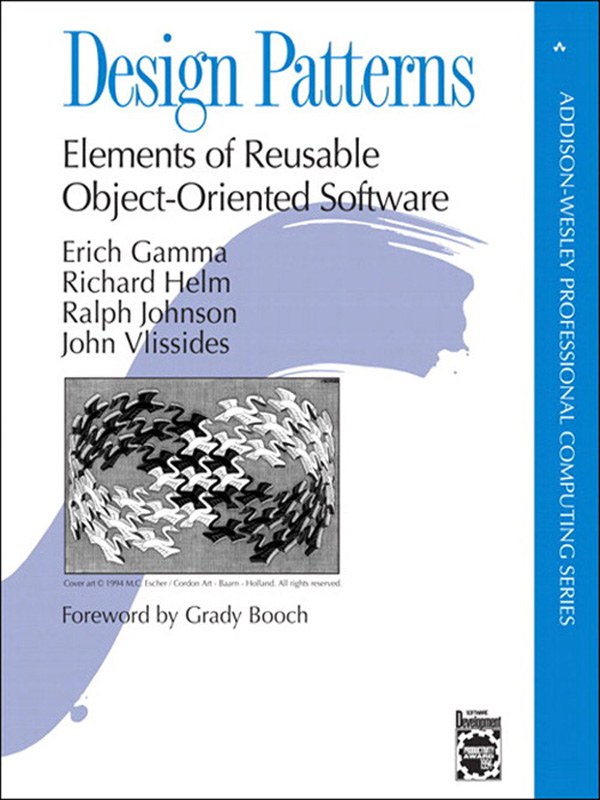
Design Patterns Capturing a wealth of experience about the design of object-oriented software, four top-notch designers present a catalog of simple and succinct solutions to commonly occurring design problems. Previously undocumented, these 23 patterns allow designers to create more flexible, elegant, and ultimately reusable designs without having to rediscover the design solutions themselves. The authors begin by describing what patterns are and how they can help you design object-oriented software. They then go on to systematically name, explain, evaluate, and catalog recurring designs in object-oriented systems. With Design Patterns as your guide, you will learn how these important patterns fit into the software development process, and how you can leverage them to solve your own design problems most efficiently. Each pattern describes the circumstances in which it is applicable, when it can be applied in view of other design constraints, and the consequences and trade-offs of using the pattern within a larger design. All patterns are compiled from real systems and are based on real-world examples. Each pattern also includes code that demonstrates how it may be implemented in object-oriented programming languages like C++ or Smalltalk. COMPUTERS,Artificial Intelligence,Computer Vision & Pattern Recognition

Image Structure Despite the fact that images constitute the main objects in computer vision and image analysis, there is remarkably little concern about their actual definition. In this book a complete account of image structure is proposed in terms of rigorously defined machine concepts, using basic tools from algebra, analysis, and differential geometry. Machine technicalities such as discretisation and quantisation details are de-emphasised, and robustness with respect to noise is manifest. From the foreword by Jan Koenderink: `It is my hope that the book will find a wide audience, including physicists - who still are largely unaware of the general importance and power of scale space theory, mathematicians - who will find in it a principled and formally tight exposition of a topic awaiting further development, and computer scientists - who will find here a unified and conceptually well founded framework for many apparently unrelated and largely historically motivated methods they already know and love. The book is suited for self-study and graduate courses, the carefully formulated exercises are designed to get to grips with the subject matter and prepare the reader for original research.' COMPUTERS,Artificial Intelligence,Computer Vision & Pattern Recognition
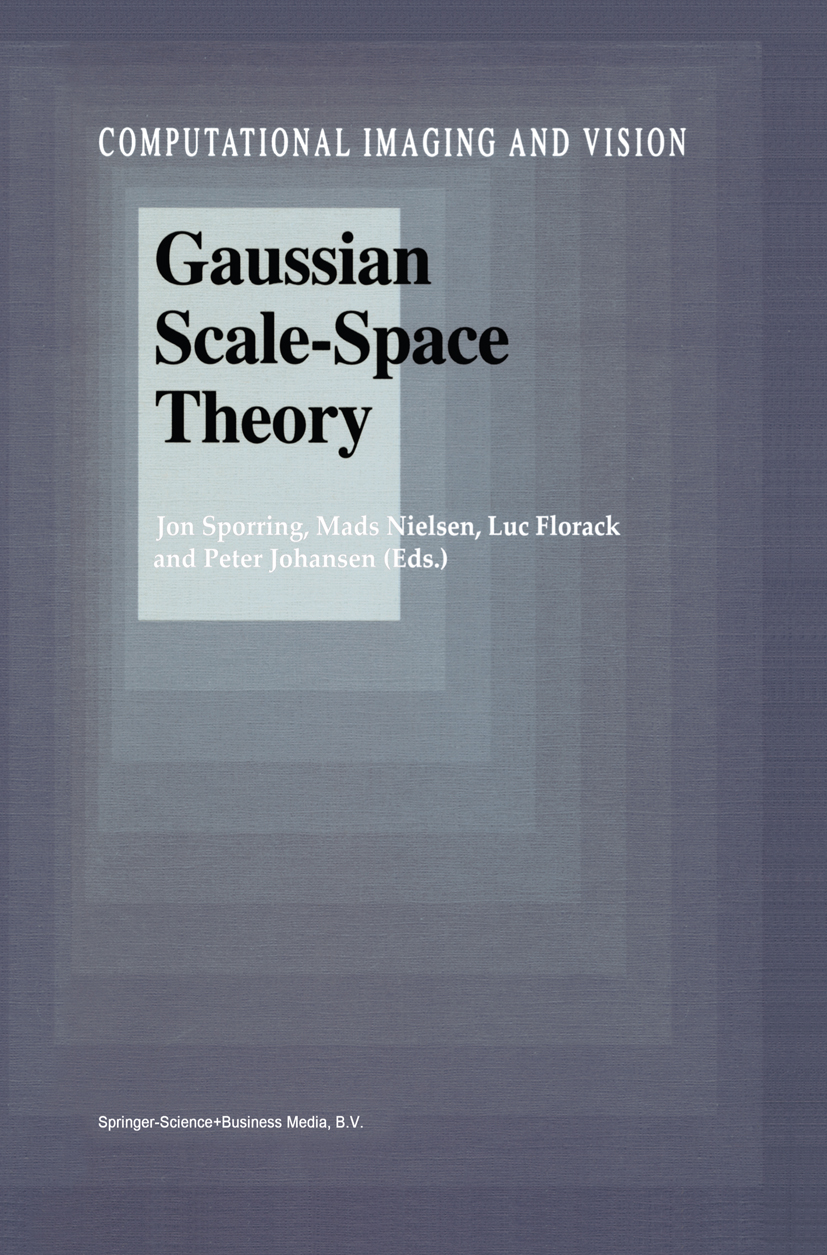
Gaussian Scale-Space Theory Gaussian scale-space is one of the best understood multi-resolution techniques available to the computer vision and image analysis community. It is the purpose of this book to guide the reader through some of its main aspects. During an intensive weekend in May 1996 a workshop on Gaussian scale-space theory was held in Copenhagen, which was attended by many of the leading experts in the field. The bulk of this book originates from this workshop. Presently there exist only two books on the subject. In contrast to Lindeberg's monograph (Lindeberg, 1994e) this book collects contributions from several scale space researchers, whereas it complements the book edited by ter Haar Romeny (Haar Romeny, 1994) on non-linear techniques by focusing on linear diffusion. This book is divided into four parts. The reader not so familiar with scale-space will find it instructive to first consider some potential applications described in Part 1. Parts II and III both address fundamental aspects of scale-space. Whereas scale is treated as an essentially arbitrary constant in the former, the latter em phasizes the deep structure, i.e. the structure that is revealed by varying scale. Finally, Part IV is devoted to non-linear extensions, notably non-linear diffusion techniques and morphological scale-spaces, and their relation to the linear case. The Danish National Science Research Council is gratefully acknowledged for providing financial support for the workshop under grant no. 9502164. COMPUTERS,Artificial Intelligence,Computer Vision & Pattern Recognition
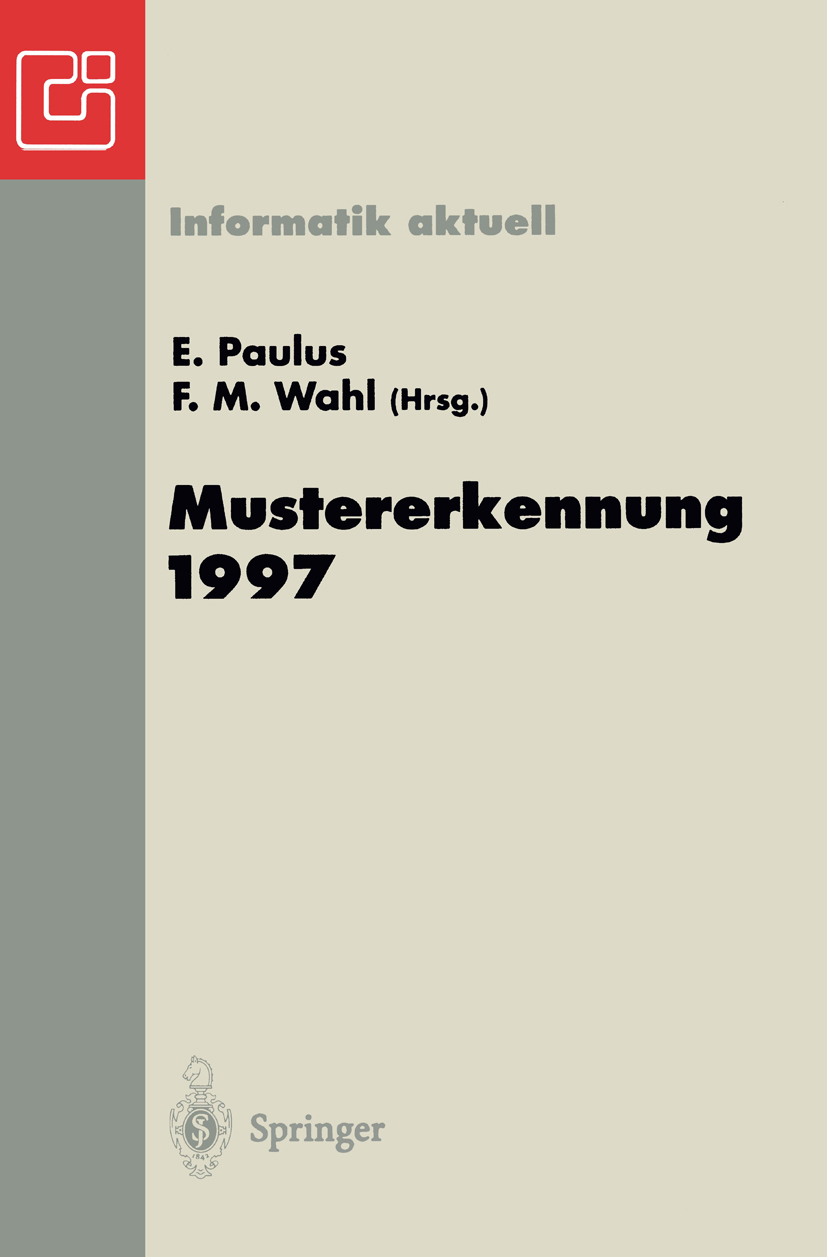
Mustererkennung 1997 Nachdem die letztjiihrige DAGM-Tagung an der iiltesten Universitat Deutsch lands stattfand, freut es uns, daJ3 wir das diesjahrige Mustererkennungs-Sym posium jetzt an Deutschlands altester Technischer Universitat nun schon zum zweitenmal veranstalten durfen. An der Carolo-Wilhelmina zu Braunschweig (gegrundet im Jahre 1745) ist Forschung auf den Gebieten der Mustererken nung, der Sprachverarbeitung und der Bildverarbeitung schon seit Jahrzehnten im Institut fiir Nachrichtentechnik (INT) beheimatet. Seit 1986 wird am Institut fiir Robotik und Prozefiinformatik (IRP) auf den Gebieten der aktiven optischen 3D Oberflachenerfassung und der Analyse von Tiefendaten fiir vision-gestutzte Robotikanwendungen geforscht. Daneben gibt es an der Technischen Universitat sowie an den Forschungseinrichtungen der Region eine Vielzahl von Bereichen, in denen Methoden der Mustererkennung in unterschiedlichsten Anwendungsgebie ten fur den praktischen Einsatz vorbereitet werden; diese reichen von melkenden Robotern bis hin zur sichtgestutzten automatischen Navigation von Helikoptern und zu Anwendungen in der virtuellen Medizin. Von insgesamt 90 eingereichten Beitragen wurden yom Programmkomitee 34 als Vortrag und 30 zur Posterprasentation angenommen. Die Beitrage uberdecken - wie in fruheren Jahren auch - das gesamte Spektrum des von der DAGM be treuten Themengebietes: Von den theoretischen Grundlagen, Musterinvarianten, neuronalen Netzen uber die Bildsegmentierung bis hin zur Erkennung in und Interpretation von statischen und dynamischen 3D Szenen. Auch Beitrage zur Schrift- und Spracherkennung sind wiederum wesentlicher Bestandteil des Pro gramms. Bei den Anwendungen ist dieses Jahr insbesondere der medizinische Bereich stark vertreten. COMPUTERS,Artificial Intelligence,Computer Vision & Pattern Recognition
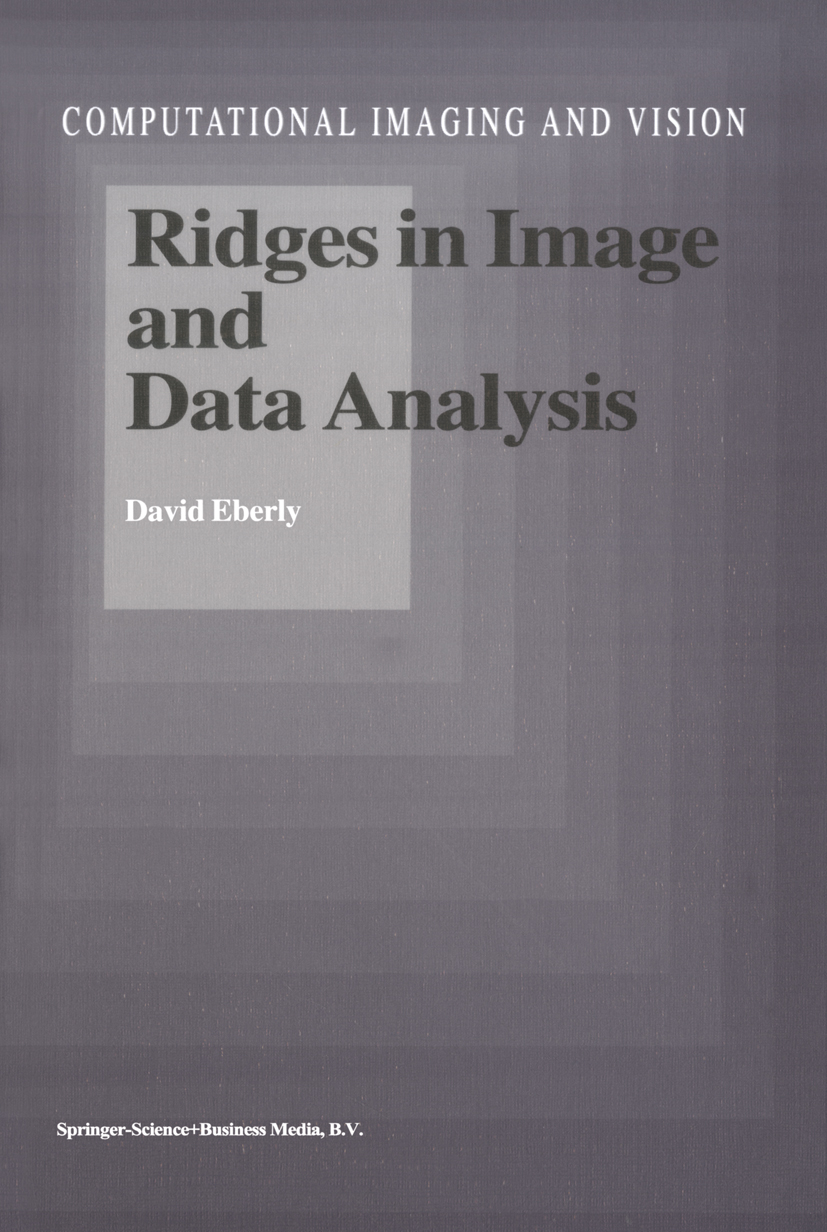
Ridges in Image and Data Analysis The concept of ridges has appeared numerous times in the image processing liter ature. Sometimes the term is used in an intuitive sense. Other times a concrete definition is provided. In almost all cases the concept is used for very specific ap plications. When analyzing images or data sets, it is very natural for a scientist to measure critical behavior by considering maxima or minima of the data. These critical points are relatively easy to compute. Numerical packages always provide support for root finding or optimization, whether it be through bisection, Newton's method, conjugate gradient method, or other standard methods. It has not been natural for scientists to consider critical behavior in a higher-order sense. The con cept of ridge as a manifold of critical points is a natural extension of the concept of local maximum as an isolated critical point. However, almost no attention has been given to formalizing the concept. There is a need for a formal development. There is a need for understanding the computation issues that arise in the imple mentations. The purpose of this book is to address both needs by providing a formal mathematical foundation and a computational framework for ridges. The intended audience for this book includes anyone interested in exploring the use fulness of ridges in data analysis. COMPUTERS,Artificial Intelligence,Computer Vision & Pattern Recognition

Epipolar Geometry in Stereo, Motion and Object Recognition Appendix 164 3. A 3. A. 1 Approximate Estimation of Fundamental Matrix from General Matrix 164 3. A. 2 Estimation of Affine Transformation 165 4 RECOVERY OF EPIPOLAR GEOMETRY FROM LINE SEGMENTS OR LINES 167 Line Segments or Straight Lines 168 4. 1 4. 2 Solving Motion Using Line Segments Between Two Views 173 4. 2. 1 Overlap of Two Corresponding Line Segments 173 Estimating Motion by Maximizing Overlap 175 4. 2. 2 Implementation Details 4. 2. 3 176 Reconstructing 3D Line Segments 4. 2. 4 179 4. 2. 5 Experimental Results 180 4. 2. 6 Discussions 192 4. 3 Determining Epipolar Geometry of Three Views 194 4. 3. 1 Trifocal Constraints for Point Matches 194 4. 3. 2 Trifocal Constraints for Line Correspondences 199 4. 3. 3 Linear Estimation of K, L, and M Using Points and Lines 200 4. 3. 4 Determining Camera Projection Matrices 201 4. 3. 5 Image Transfer 203 4. 4 Summary 204 5 REDEFINING STEREO, MOTION AND OBJECT RECOGNITION VIA EPIPOLAR GEOMETRY 205 5. 1 Conventional Approaches to Stereo, Motion and Object Recognition 205 5. 1. 1 Stereo 205 5. 1. 2 Motion 206 5. 1. 3 Object Recognition 207 5. 2 Correspondence in Stereo, Motion and Object Recognition as 1D Search 209 5. 2. 1 Stereo Matching 209 xi Contents 5. 2. 2 Motion Correspondence and Segmentation 209 5. 2. 3 3D Object Recognition and Localization 210 Disparity and Spatial Disparity Space 210 5. COMPUTERS,Artificial Intelligence,Computer Vision & Pattern Recognition
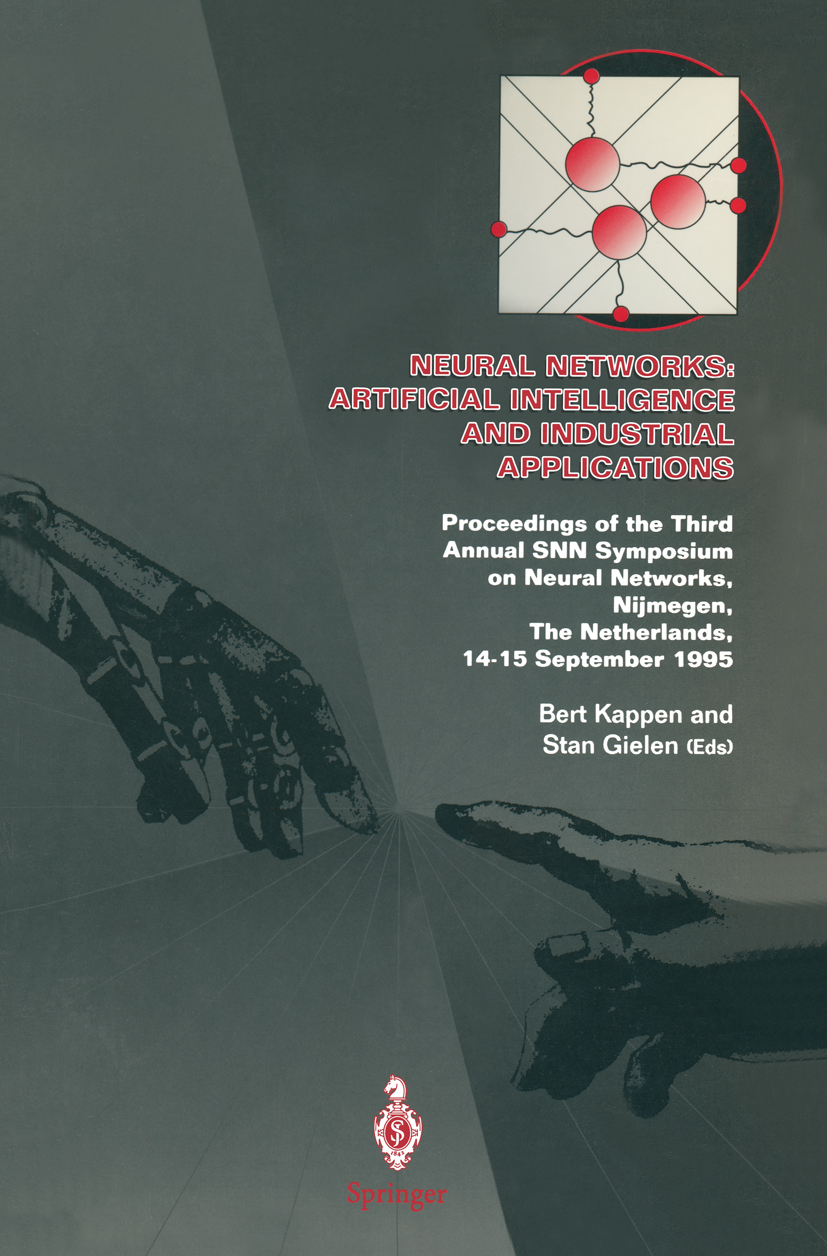
Neural Networks Neural networks is a field of research which has enjoyed rapid expansion in both the academic and industrial research communities. This volume contains papers presented at the Third Annual SNN Symposium on Neural Networks to be held in Nijmegen, The Netherlands, 14 - 15 September 1995. The papers are divided into two sections: the first gives an overview of new developments in neurobiology, the cognitive sciences, robotics, vision and data modelling. The second presents working neural network solutions to real industrial problems, including process control, finance and marketing. The resulting volume gives a comprehensive view of the state of the art in 1995 and will provide essential reading for postgraduate students and academic/industrial researchers. COMPUTERS,Artificial Intelligence,Computer Vision & Pattern Recognition

From Statistics to Neural Networks Proceedings of the NATO Advances Study Institute From Statistics to Neural Networks, Theory and Pattern Recognition Applications, held in Les Arcs, Bourg Saint Maurice, France, June 21 - July 2, 1993 COMPUTERS,Artificial Intelligence,Computer Vision & Pattern Recognition
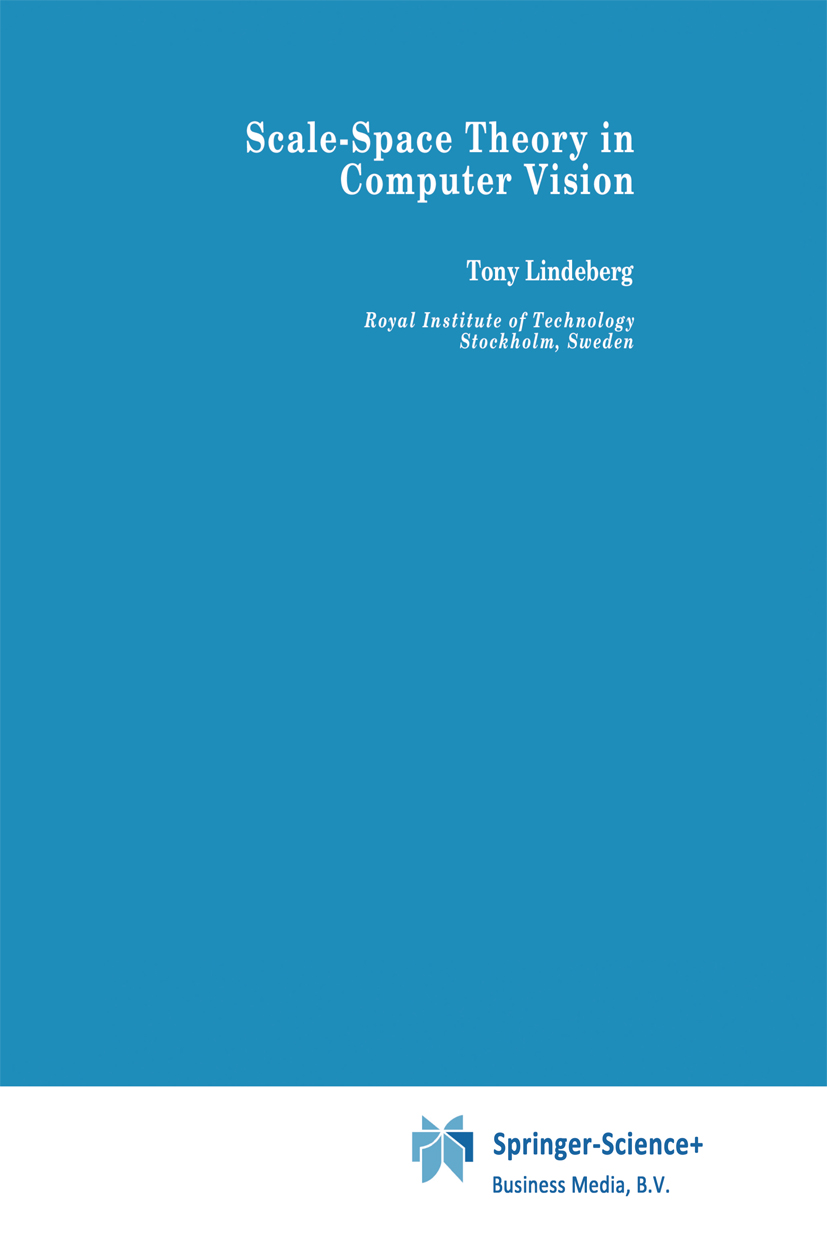
Scale-Space Theory in Computer Vision The problem of scale pervades both the natural sciences and the vi sual arts. The earliest scientific discussions concentrate on visual per ception (much like today!) and occur in Euclid's (c. 300 B. C. ) Optics and Lucretius' (c. 100-55 B. C. ) On the Nature of the Universe. A very clear account in the spirit of modern "scale-space theory" is presented by Boscovitz (in 1758), with wide ranging applications to mathemat ics, physics and geography. Early applications occur in the cartographic problem of "generalization", the central idea being that a map in order to be useful has to be a "generalized" (coarse grained) representation of the actual terrain (Miller and Voskuil 1964). Broadening the scope asks for progressive summarizing. Very much the same problem occurs in the (realistic) artistic rendering of scenes. Artistic generalization has been analyzed in surprising detail by John Ruskin (in his Modern Painters), who even describes some of the more intricate generic "scale-space sin gularities" in detail: Where the ancients considered only the merging of blobs under blurring, Ruskin discusses the case where a blob splits off another one when the resolution is decreased, a case that has given rise to confusion even in the modern literature. COMPUTERS,Artificial Intelligence,Computer Vision & Pattern Recognition
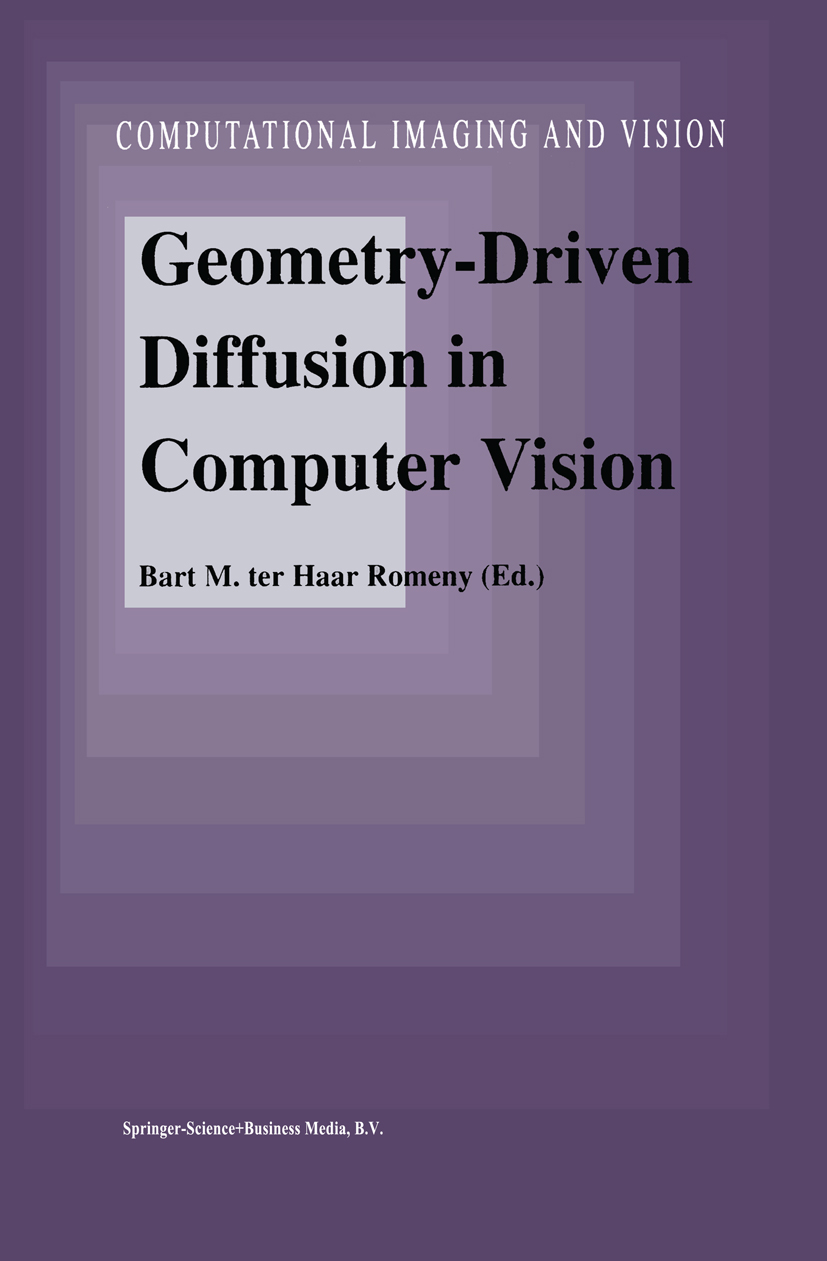
Geometry-Driven Diffusion in Computer Vision Scale is a concept the antiquity of which can hardly be traced. Certainly the familiar phenomena that accompany sc ale changes in optical patterns are mentioned in the earliest written records. The most obvious topological changes such as the creation or annihilation of details have been a topic to philosophers, artists and later scientists. This appears to of fascination be the case for all cultures from which extensive written records exist. For th instance, chinese 17 c artist manuals remark that "distant faces have no eyes" . The merging of details is also obvious to many authors, e. g. , Lucretius mentions the fact that distant islands look like a single one. The one topo logical event that is (to the best of my knowledge) mentioned only late (by th John Ruskin in his "Elements of drawing" of the mid 19 c) is the splitting of a blob on blurring. The change of images on a gradual increase of resolu tion has been a recurring theme in the arts (e. g. , the poetic description of the distant armada in Calderon's The Constant Prince) and this "mystery" (as Ruskin calls it) is constantly exploited by painters. COMPUTERS,Artificial Intelligence,Computer Vision & Pattern Recognition

Fundamentals in Handwriting Recognition Proceedings of the NATO Advanced Study Institute on Fundamentals in Handwriting Recognition, held at Chateau de Bonas, France, June 21 - July 3, 1993 COMPUTERS,Artificial Intelligence,Computer Vision & Pattern Recognition
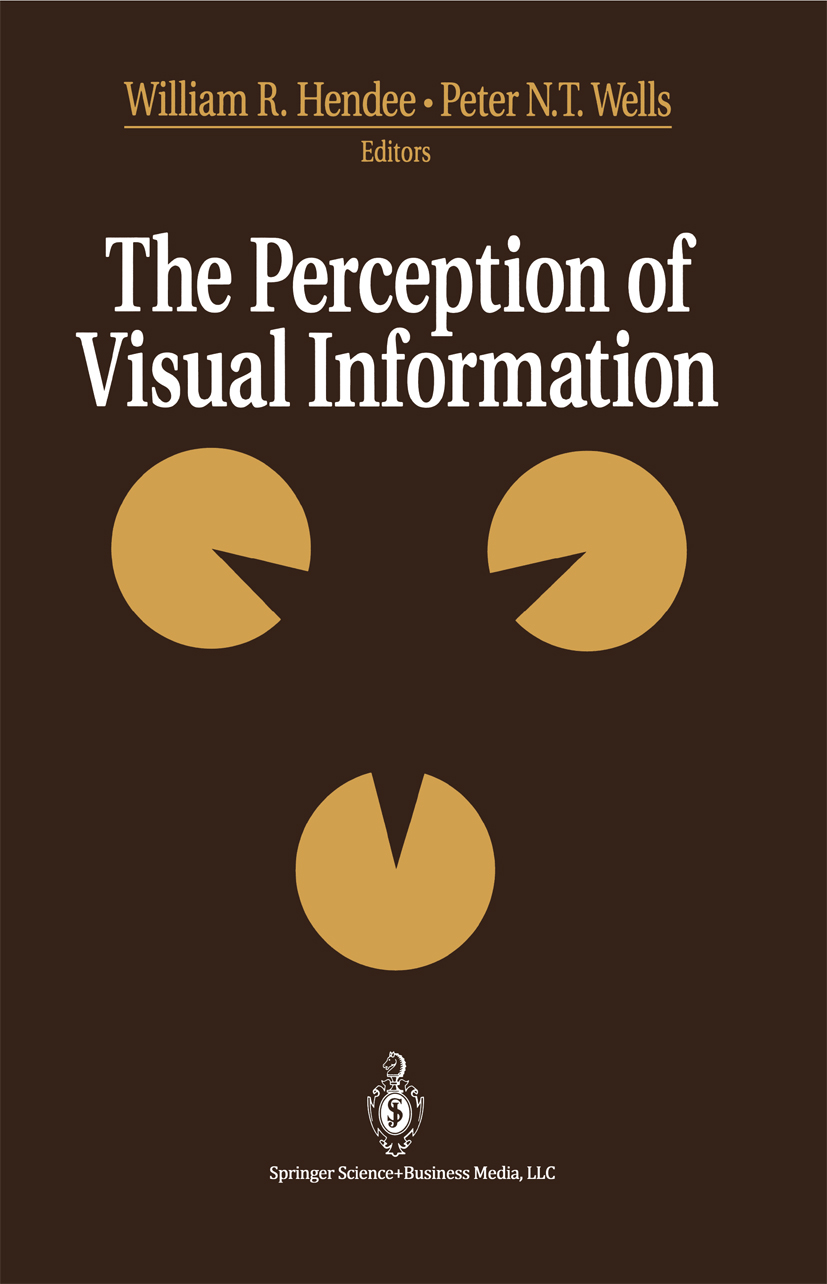
The Perception of Visual Information Human knowledge is primarily the product of experiences acquired through interactions of our senses with our surroundings. Of all the senses, vision is the one relied on most heavily by most people for sensory input about the environment. Visual interactions can be divided into three processes: (1) de tection of visual information; (2) recognition of the "external source" of the information; and (3) interpretation of the significance of the information. These processes usually occur sequentially, although there is considerable interdependence among them. With our strong dependence on the processes of visual interactions, we might assume that they are well characterized and understood. Nothing could be further from the truth. Human vision remains an engima, in spite of specu lations by philosophers for centuries, and, more recently, of attention from physicists and cognitive and experimental psychologists. How we see, and how we know what we see, remains an unsolved mystery that challenges some of the most creative scientists and cognitive specialists. COMPUTERS,Artificial Intelligence,Computer Vision & Pattern Recognition

Structured Document Image Analysis Document image analysis is the automatic computerinterpretation of images of printed and handwrittendocuments, including text, drawings, maps, music scores,etc. Research in this field supports a rapidly growinginternational industry. This is the first book to offer abroad selection of state-of-the-art research papers,including authoritative critical surveys of the literature,and parallel studies of the architectureof completehigh-performance printed-document reading systems. A uniquefeature is the extended section on music notation, an idealvehicle for international sharing of basic research. Also,the collection includes important new work on line drawings,handwriting, character and symbol recognition, and basicmethodological issues. The IAPR 1990 Workshop on Syntacticand Structural Pattern Recognition is summarized,includingthe reports of its expert working groups, whose debatesprovide a fascinating perspective on the field.The book is an excellent text for a first-year graduateseminar in document image analysis,and is likely to remaina standard reference in the field for years. COMPUTERS,Artificial Intelligence,Computer Vision & Pattern Recognition
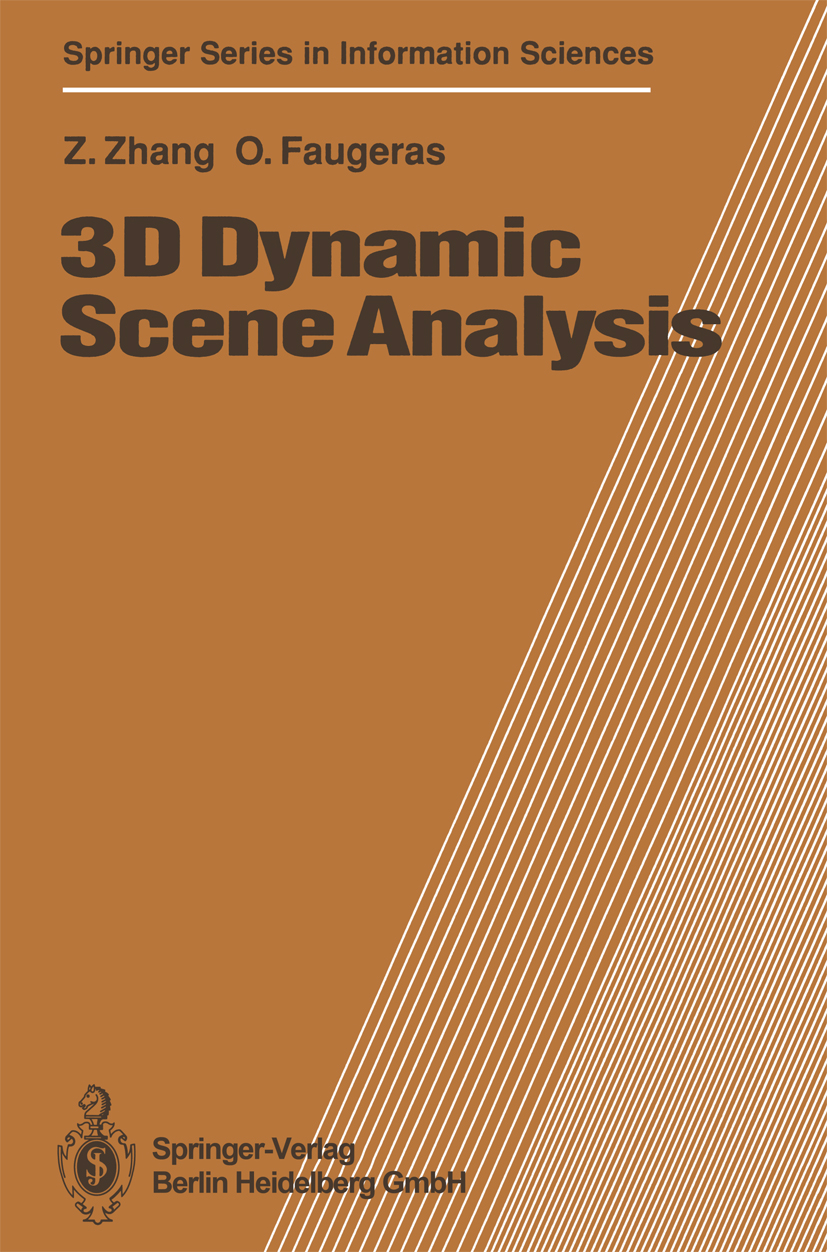
3D Dynamic Scene Analysis he problem of analyzing sequences of images to extract three-dimensional T motion and structure has been at the heart of the research in computer vi sion for many years. It is very important since its success or failure will determine whether or not vision can be used as a sensory process in reactive systems. The considerable research interest in this field has been motivated at least by the following two points: 1. The redundancy of information contained in time-varying images can over come several difficulties encountered in interpreting a single image. 2. There are a lot of important applications including automatic vehicle driv ing, traffic control, aerial surveillance, medical inspection and global model construction. However, there are many new problems which should be solved: how to effi ciently process the abundant information contained in time-varying images, how to model the change between images, how to model the uncertainty inherently associated with the imaging system and how to solve inverse problems which are generally ill-posed. There are of course many possibilities for attacking these problems and many more remain to be explored. We discuss a few of them in this book based on work carried out during the last five years in the Computer Vision and Robotics Group at INRIA (Institut National de Recherche en Informatique et en Automatique). COMPUTERS,Artificial Intelligence,Computer Vision & Pattern Recognition
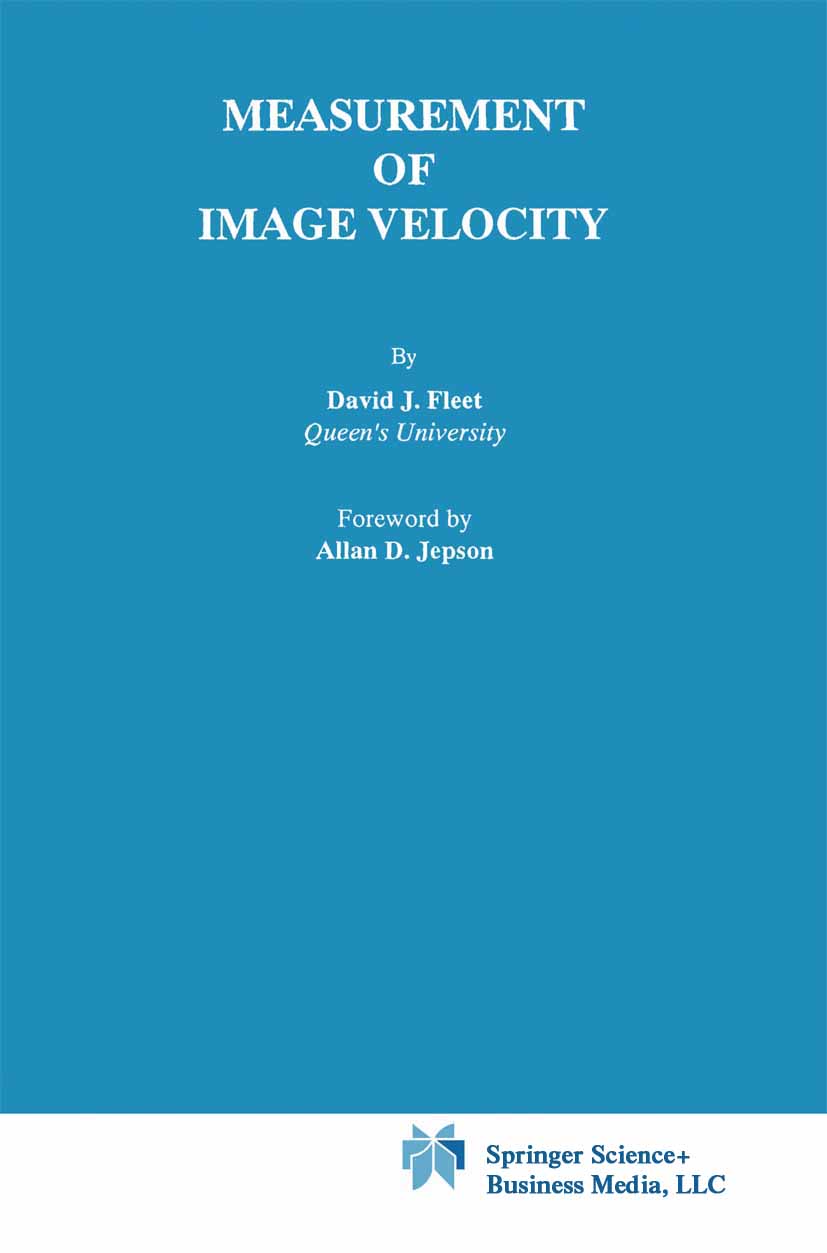
Measurement of Image Velocity Measurement of Image Velocity presents a computational framework for computing motion information from sequences of images. Its specific goal is the measurement of image velocity (or optical flow), the projection of 3-D object motion onto the 2-D image plane. The formulation of the problem emphasizes the geometric and photometric properties of image formation, and the occurrence of multiple image velocities caused, for example, by specular reflections, shadows, or transparency. The method proposed for measuring image velocity is based on the phase behavior in the output of velocity-tuned filters. Extensive experimental work is used to show that phase can be a reliable source of pure image translation, small geometric deformation, smooth contrast variations, and multiple local velocities. Extensive theorectical analysis is used to explain the robustness of phase with respect to deviations from image translation, and to detect situations in which phase becomes unstable. The results indicate that optical flow may be extracted reliably for computing egomotion and structure from motion. The monograph also contains a review of other techniques and frequency analysis applied to image sequences, and it discusses the closely related topics of zero-crossing tracking, gradient-based methods, and the measurement of binocular disparity. The work is relevant to those studying machine vision and visual perception. COMPUTERS,Artificial Intelligence,Computer Vision & Pattern Recognition
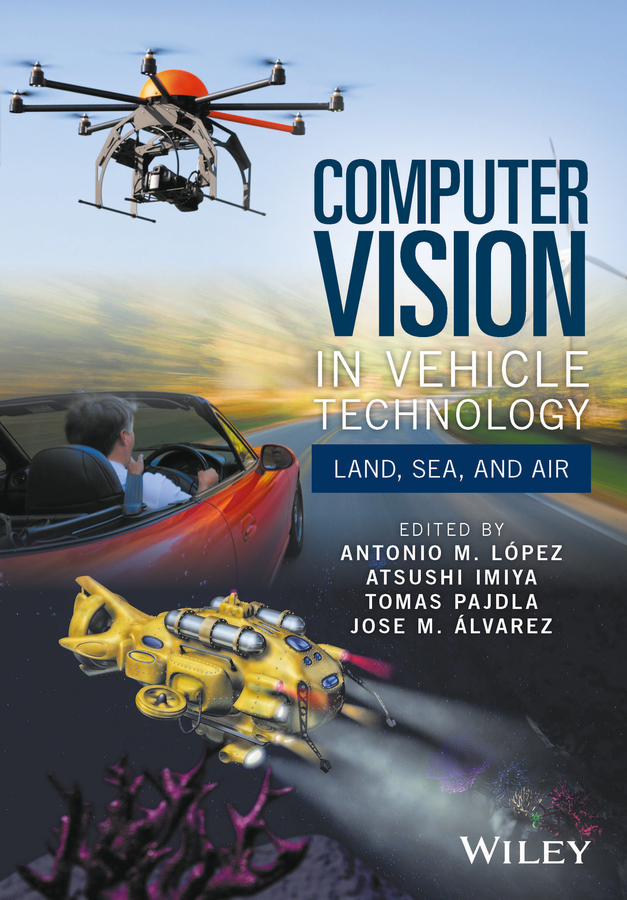
Computer Vision in Vehicle Technology A unified view of the use of computer vision technology for different types of vehicles Computer Vision in Vehicle Technology focuses on computer vision as on-board technology, bringing together fields of research where computer vision is progressively penetrating: the automotive sector, unmanned aerial and underwater vehicles. It also serves as a reference for researchers of current developments and challenges in areas of the application of computer vision, involving vehicles such as advanced driver assistance (pedestrian detection, lane departure warning, traffic sign recognition), autonomous driving and robot navigation (with visual simultaneous localization and mapping) or unmanned aerial vehicles (obstacle avoidance, landscape classification and mapping, fire risk assessment). The overall role of computer vision for the navigation of different vehicles, as well as technology to address on-board applications, is analysed. Key features: Presents the latest advances in the field of computer vision and vehicle technologies in a highly informative and understandable way, including the basic mathematics for each problem. Provides a comprehensive summary of the state of the art computer vision techniques in vehicles from the navigation and the addressable applications points of view. Offers a detailed description of the open challenges and business opportunities for the immediate future in the field of vision based vehicle technologies. This is essential reading for computer vision researchers, as well as engineers working in vehicle technologies, and students of computer vision. COMPUTERS,Artificial Intelligence,Computer Vision & Pattern Recognition

Theory and Applications of Image Registration A hands-on guide to image registration theory and methods—with examples of a wide range of real-world applications Theory and Applications of Image Registration offers comprehensive coverage of feature-based image registration methods. It provides in-depth exploration of an array of fundamental issues, including image orientation detection, similarity measures, feature extraction methods, and elastic transformation functions. Also covered are robust parameter estimation, validation methods, multi-temporal and multi-modality image registration, methods for determining the orientation of an image, methods for identifying locally unique neighborhoods in an image, methods for detecting lines in an image, methods for finding corresponding points and corresponding lines in images, registration of video images to create panoramas, and much more. Theory and Applications of Image Registration provides readers with a practical guide to the theory and underpinning principles. Throughout the book numerous real-world examples are given, illustrating how image registration can be applied to problems in various fields, including biomedicine, remote sensing, and computer vision. Also provided are software routines to help readers develop their image registration skills. Many of the algorithms described in the book have been implemented, and the software packages are made available to the readers of the book on a companion website. In addition, the book: Explores the fundamentals of image registration and provides a comprehensive look at its multi-disciplinary applications Reviews real-world applications of image registration in the fields of biomedical imaging, remote sensing, computer vision, and more Discusses methods in the registration of long videos in target tracking and 3-D reconstruction Addresses key research topics and explores potential solutions to a number of open problems in image registration Includes a companion website featuring fully implemented algorithms and image registration software for hands-on learning Theory and Applications of Image Registration is a valuable resource for researchers and professionals working in industry and government agencies where image registration techniques are routinely employed. It is also an excellent supplementary text for graduate students in computer science, electrical engineering, software engineering, and medical physics. COMPUTERS,Artificial Intelligence,Computer Vision & Pattern Recognition
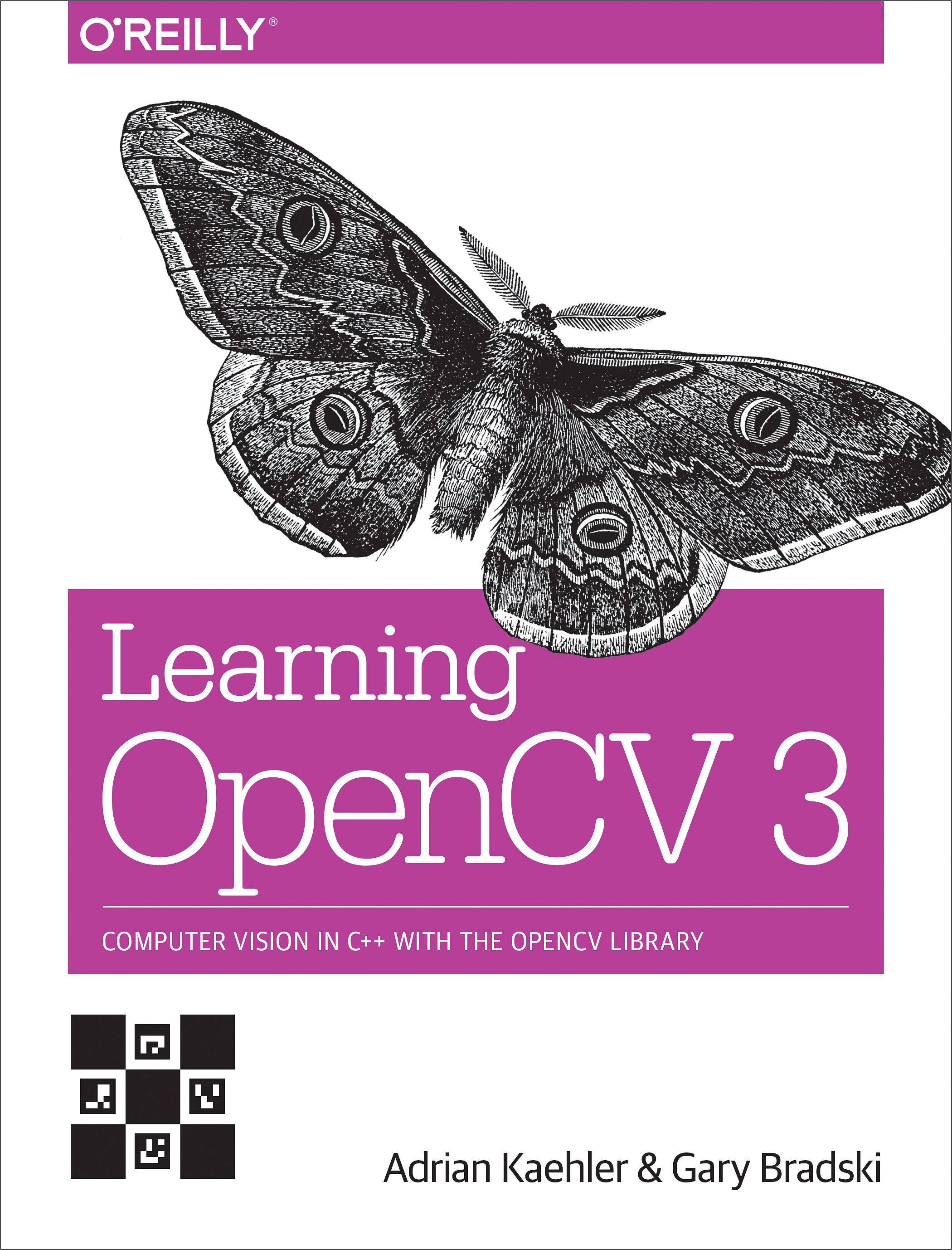
Learning OpenCV 3 Get started in the rapidly expanding field of computer vision with this practical guide. Written by Adrian Kaehler and Gary Bradski, creator of the open source OpenCV library, this book provides a thorough introduction for developers, academics, roboticists, and hobbyists. You’ll learn what it takes to build applications that enable computers to "see" and make decisions based on that data. With over 500 functions that span many areas in vision, OpenCV is used for commercial applications such as security, medical imaging, pattern and face recognition, robotics, and factory product inspection. This book gives you a firm grounding in computer vision and OpenCV for building simple or sophisticated vision applications. Hands-on exercises in each chapter help you apply what you’ve learned. This volume covers the entire library, in its modern C++ implementation, including machine learning tools for computer vision. Learn OpenCV data types, array types, and array operations Capture and store still and video images with HighGUI Transform images to stretch, shrink, warp, remap, and repair Explore pattern recognition, including face detection Track objects and motion through the visual field Reconstruct 3D images from stereo vision Discover basic and advanced machine learning techniques in OpenCV COMPUTERS,Artificial Intelligence,Computer Vision & Pattern Recognition
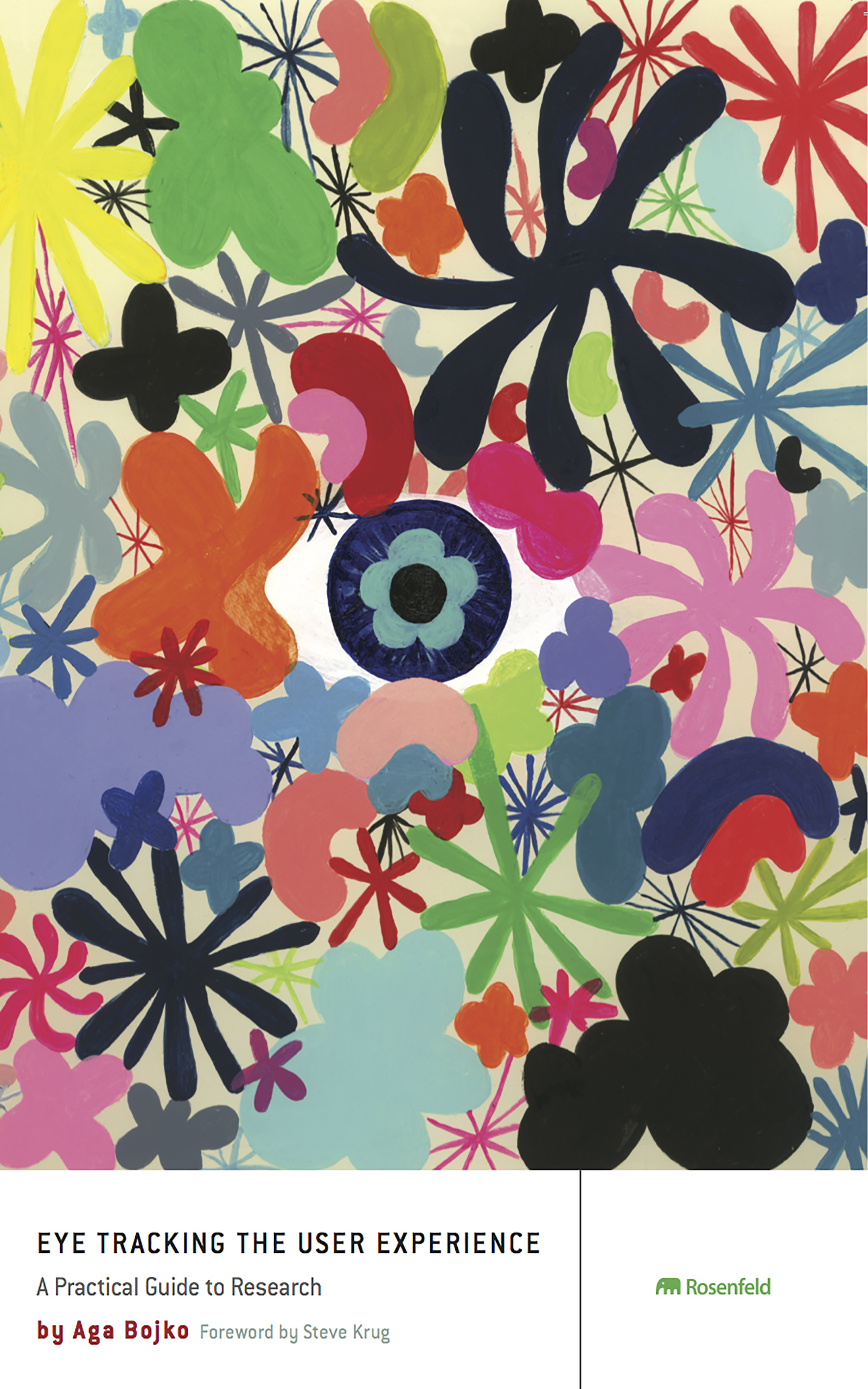
Eye Tracking the User Experience Eye tracking is a widely used research method, but there are many questions and misconceptions about how to effectively apply it. Eye Tracking the User Experience—the first how-to book about eye tracking for UX practitioners—offers step-by-step advice on how to plan, prepare, and conduct eye tracking studies; how to analyze and interpret eye movement data; and how to successfully communicate eye tracking findings. COMPUTERS,Artificial Intelligence,Computer Vision & Pattern Recognition
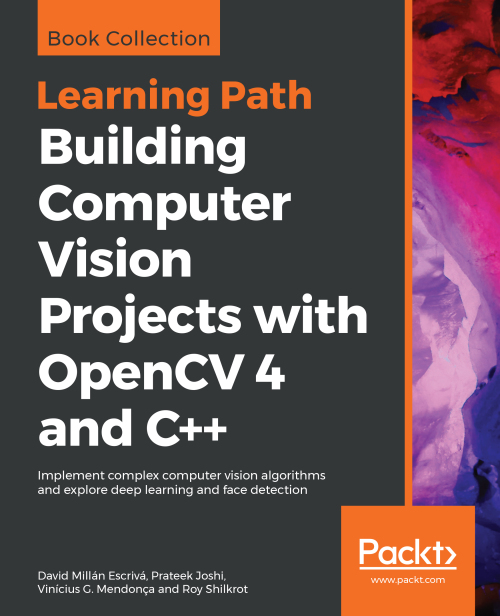
Building Computer Vision Projects with OpenCV 4 and C++ Delve into practical computer vision and image processing projects and get up to speed with advanced object detection techniques and machine learning algorithms Key Features Discover best practices for engineering and maintaining OpenCV projects Explore important deep learning tools for image classification Understand basic image matrix formats and filters Book Description OpenCV is one of the best open source libraries available and can help you focus on constructing complete projects on image processing, motion detection, and image segmentation. This Learning Path is your guide to understanding OpenCV concepts and algorithms through real-world examples and activities. Through various projects, you'll also discover how to use complex computer vision and machine learning algorithms and face detection to extract the maximum amount of information from images and videos. In later chapters, you'll learn to enhance your videos and images with optical flow analysis and background subtraction. Sections in the Learning Path will help you get to grips with text segmentation and recognition, in addition to guiding you through the basics of the new and improved deep learning modules. By the end of this Learning Path, you will have mastered commonly used computer vision techniques to build OpenCV projects from scratch. This Learning Path includes content from the following Packt books: Mastering OpenCV 4 - Third Edition by Roy Shilkrot and David Millan Escriva Learn OpenCV 4 By Building Projects - Second Edition by David Millan Escriva, Vinicius G. Mendonca, and Prateek Joshi What you will learn Stay up-to-date with algorithmic design approaches for complex computer vision tasks Work with OpenCV's most up-to-date API through various projects Understand 3D scene reconstruction and Structure from Motion (SfM) Study camera calibration and overlay augmented reality (AR) using the ArUco module Create CMake scripts to compile your C++ application Explore segmentation and feature extraction techniques Remove backgrounds from static scenes to identify moving objects for surveillance Work with new OpenCV functions to detect and recognize text with Tesseract Who this book is for If you are a software developer with a basic understanding of computer vision and image processing and want to develop interesting computer vision applications with OpenCV, this Learning Path is for you. Prior knowledge of C++ and familiarity with mathematical concepts will help you better understand the concepts in this Learning Path. COMPUTERS,Artificial Intelligence,Computer Vision & Pattern Recognition
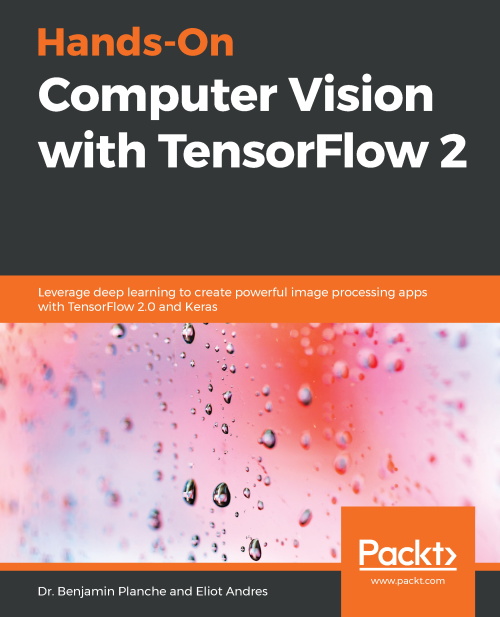
Hands-On Computer Vision with TensorFlow 2 A practical guide to building high performance systems for object detection, segmentation, video processing, smartphone applications, and more. Key Features Discover how to build, train, and serve your own deep neural networks with TensorFlow 2 and Keras Apply modern solutions to a wide range of applications such as object detection and video analysis Learn how to run your models on mobile devices and webpages and improve their performance Book Description Computer vision solutions are becoming increasingly common, making their way in fields such as health, automobile, social media, and robotics. This book will help you explore TensorFlow 2, the brand new version of Google's open source framework for machine learning. You will understand how to benefit from using convolutional neural networks (CNNs) for visual tasks. Hands-On Computer Vision with TensorFlow 2 starts with the fundamentals of computer vision and deep learning, teaching you how to build a neural network from scratch. You will discover the features that have made TensorFlow the most widely used AI library, along with its intuitive Keras interface, and move on to building, training, and deploying CNNs efficiently. Complete with concrete code examples, the book demonstrates how to classify images with modern solutions, such as Inception and ResNet, and extract specific content using You Only Look Once (YOLO), Mask R-CNN, and U-Net. You will also build Generative Adversarial Networks (GANs) and Variational Auto-Encoders (VAEs) to create and edit images, and LSTMs to analyze videos. In the process, you will acquire advanced insights into transfer learning, data augmentation, domain adaptation, and mobile and web deployment, among other key concepts. By the end of the book, you will have both the theoretical understanding and practical skills to solve advanced computer vision problems with TensorFlow 2.0. What you will learn Create your own neural networks from scratch Classify images with modern architectures including Inception and ResNet Detect and segment objects in images with YOLO, Mask R-CNN, and U-Net Tackle problems in developing self-driving cars and facial emotion recognition systems Boost your application's performance with transfer learning, GANs, and domain adaptation Use recurrent neural networks for video analysis Optimize and deploy your networks on mobile devices and in the browser Who this book is for If you're new to deep learning and have some background in Python programming and image processing, like reading/writing image files and editing pixels, this book is for you. Even if you're an expert curious about the new TensorFlow 2 features, you'll find this book useful. While some theoretical explanations require knowledge in algebra and calculus, the book covers concrete examples for learners focused on practical applications such as visual recognition for self-driving cars and smartphone apps. COMPUTERS,Artificial Intelligence,Computer Vision & Pattern Recognition

Generative Deep Learning Generative modeling is one of the hottest topics in AI. It’s now possible to teach a machine to excel at human endeavors such as painting, writing, and composing music. With this practical book, machine-learning engineers and data scientists will discover how to re-create some of the most impressive examples of generative deep learning models, such as variational autoencoders,generative adversarial networks (GANs), encoder-decoder models and world models. Author David Foster demonstrates the inner workings of each technique, starting with the basics of deep learning before advancing to some of the most cutting-edge algorithms in the field. Through tips and tricks, you’ll understand how to make your models learn more efficiently and become more creative. Discover how variational autoencoders can change facial expressions in photos Build practical GAN examples from scratch, including CycleGAN for style transfer and MuseGAN for music generation Create recurrent generative models for text generation and learn how to improve the models using attention Understand how generative models can help agents to accomplish tasks within a reinforcement learning setting Explore the architecture of the Transformer (BERT, GPT-2) and image generation models such as ProGAN and StyleGAN COMPUTERS,Artificial Intelligence,Computer Vision & Pattern Recognition
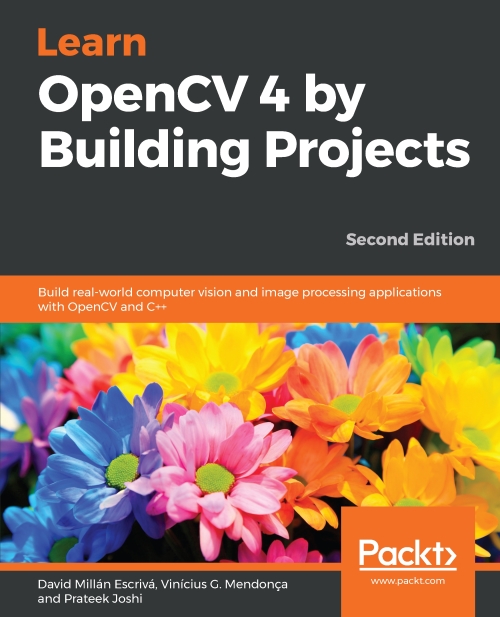
Learn OpenCV 4 by Building Projects Explore OpenCV 4 to create visually appealing cross-platform computer vision applications Key Features Understand basic OpenCV 4 concepts and algorithms Grasp advanced OpenCV techniques such as 3D reconstruction, machine learning, and artificial neural networks Work with Tesseract OCR, an open-source library to recognize text in images Book Description OpenCV is one of the best open source libraries available, and can help you focus on constructing complete projects on image processing, motion detection, and image segmentation. Whether you're completely new to computer vision, or have a basic understanding of its concepts, Learn OpenCV 4 by Building Projects – Second edition will be your guide to understanding OpenCV concepts and algorithms through real-world examples and projects. You'll begin with the installation of OpenCV and the basics of image processing. Then, you'll cover user interfaces and get deeper into image processing. As you progress through the book, you'll learn complex computer vision algorithms and explore machine learning and face detection. The book then guides you in creating optical flow video analysis and background subtraction in complex scenes. In the concluding chapters, you'll also learn about text segmentation and recognition and understand the basics of the new and improved deep learning module. By the end of this book, you'll be familiar with the basics of Open CV, such as matrix operations, filters, and histograms, and you'll have mastered commonly used computer vision techniques to build OpenCV projects from scratch. What you will learn Install OpenCV 4 on your operating system Create CMake scripts to compile your C++ application Understand basic image matrix formats and filters Explore segmentation and feature extraction techniques Remove backgrounds from static scenes to identify moving objects for surveillance Employ various techniques to track objects in a live video Work with new OpenCV functions for text detection and recognition with Tesseract Get acquainted with important deep learning tools for image classification Who this book is for If you are a software developer with a basic understanding of computer vision and image processing and want to develop interesting computer vision applications with OpenCV, Learn OpenCV 4 by Building Projects for you. Prior knowledge of C++ will help you understand the concepts covered in this book. COMPUTERS,Artificial Intelligence,Computer Vision & Pattern Recognition
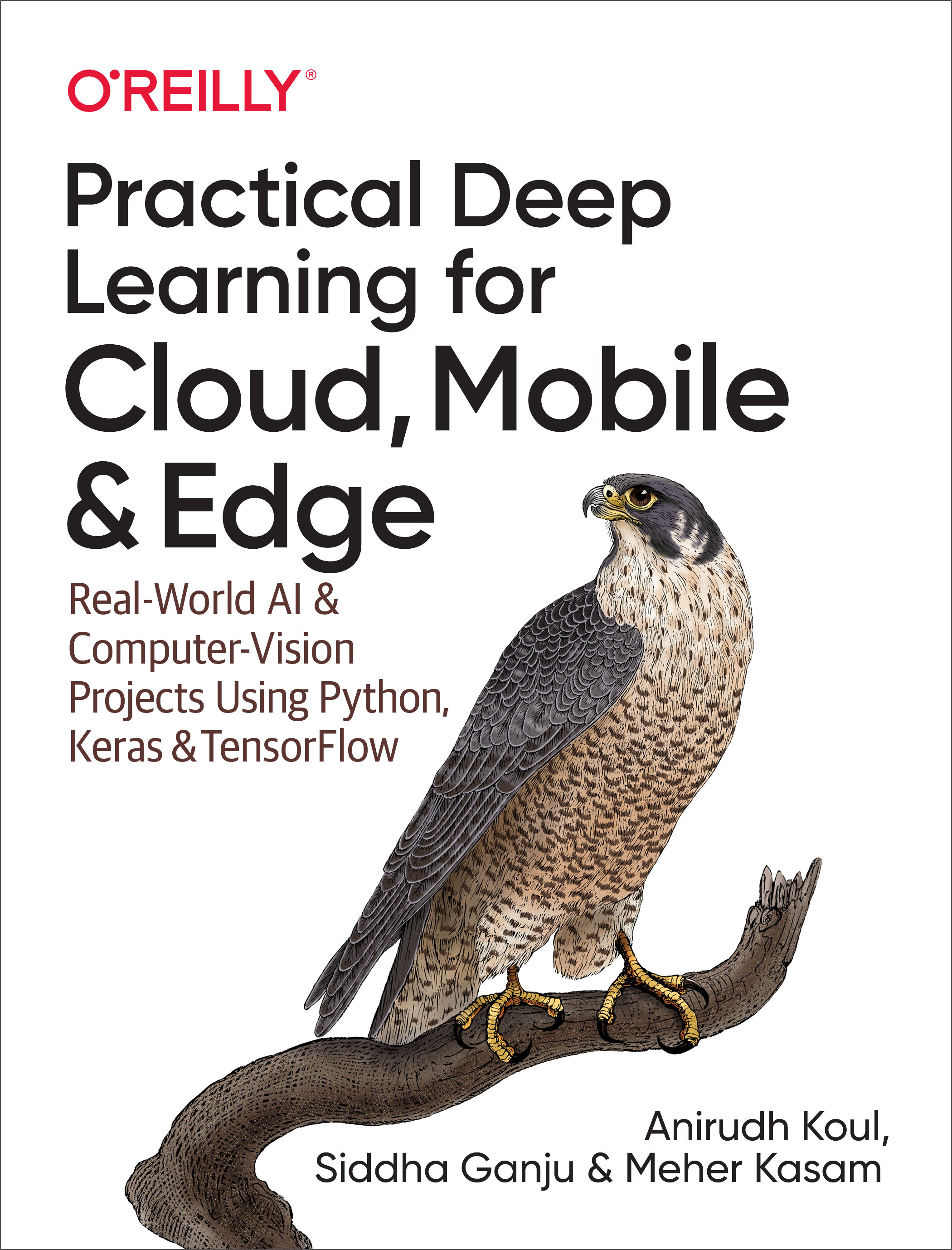
Practical Deep Learning for Cloud, Mobile, and Edge Whether you’re a software engineer aspiring to enter the world of deep learning, a veteran data scientist, or a hobbyist with a simple dream of making the next viral AI app, you might have wondered where to begin. This step-by-step guide teaches you how to build practical deep learning applications for the cloud, mobile, browsers, and edge devices using a hands-on approach. Relying on years of industry experience transforming deep learning research into award-winning applications, Anirudh Koul, Siddha Ganju, and Meher Kasam guide you through the process of converting an idea into something that people in the real world can use. Train, tune, and deploy computer vision models with Keras, TensorFlow, Core ML, and TensorFlow Lite Develop AI for a range of devices including Raspberry Pi, Jetson Nano, and Google Coral Explore fun projects, from Silicon Valley’s Not Hotdog app to 40+ industry case studies Simulate an autonomous car in a video game environment and build a miniature version with reinforcement learning Use transfer learning to train models in minutes Discover 50+ practical tips for maximizing model accuracy and speed, debugging, and scaling to millions of users COMPUTERS,Artificial Intelligence,Computer Vision & Pattern Recognition

Deep Learning with PyTorch 1.x Build and train neural network models with high speed and flexibility in text, vision, and advanced analytics using PyTorch 1.x Key Features Gain a thorough understanding of the PyTorch framework and learn to implement neural network architectures Understand GPU computing to perform heavy deep learning computations using Python Apply cutting-edge natural language processing (NLP) techniques to solve problems with textual data Book Description PyTorch is gaining the attention of deep learning researchers and data science professionals due to its accessibility and efficiency, along with the fact that it's more native to the Python way of development. This book will get you up and running with this cutting-edge deep learning library, effectively guiding you through implementing deep learning concepts. In this second edition, you'll learn the fundamental aspects that power modern deep learning, and explore the new features of the PyTorch 1.x library. You'll understand how to solve real-world problems using CNNs, RNNs, and LSTMs, along with discovering state-of-the-art modern deep learning architectures, such as ResNet, DenseNet, and Inception. You'll then focus on applying neural networks to domains such as computer vision and NLP. Later chapters will demonstrate how to build, train, and scale a model with PyTorch and also cover complex neural networks such as GANs and autoencoders for producing text and images. In addition to this, you'll explore GPU computing and how it can be used to perform heavy computations. Finally, you'll learn how to work with deep learning-based architectures for transfer learning and reinforcement learning problems. By the end of this book, you'll be able to confidently and easily implement deep learning applications in PyTorch. What you will learn Build text classification and language modeling systems using neural networks Implement transfer learning using advanced CNN architectures Use deep reinforcement learning techniques to solve optimization problems in PyTorch Mix multiple models for a powerful ensemble model Build image classifiers by implementing CNN architectures using PyTorch Get up to speed with reinforcement learning, GANs, LSTMs, and RNNs with real-world examples Who this book is for This book is for data scientists and machine learning engineers looking to work with deep learning algorithms using PyTorch 1.x. You will also find this book useful if you want to migrate to PyTorch 1.x. Working knowledge of Python programming and some understanding of machine learning will be helpful. COMPUTERS,Artificial Intelligence,Computer Vision & Pattern Recognition
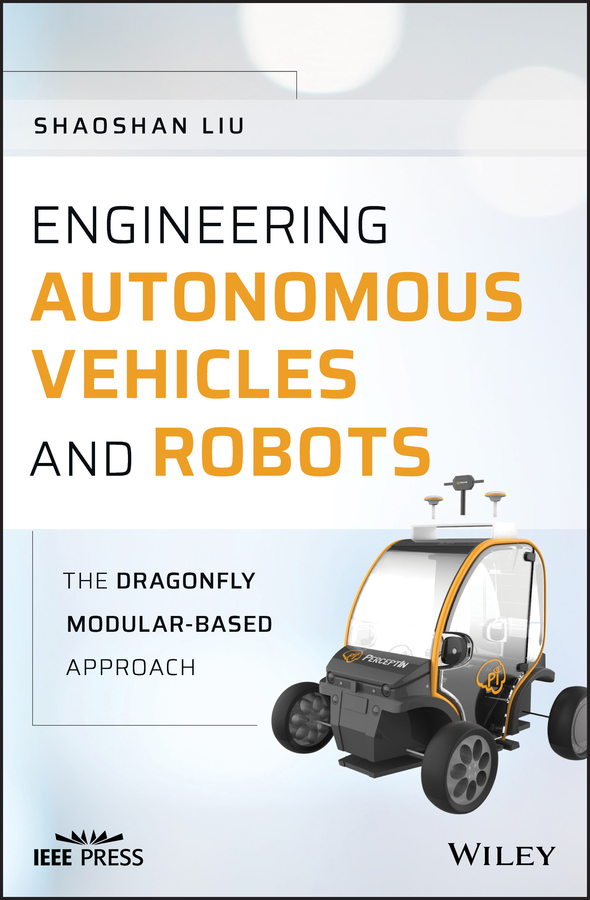
Engineering Autonomous Vehicles and Robots Offers a step-by-step guide to building autonomous vehicles and robots, with source code and accompanying videos The first book of its kind on the detailed steps for creating an autonomous vehicle or robot, this book provides an overview of the technology and introduction of the key elements involved in developing autonomous vehicles, and offers an excellent introduction to the basics for someone new to the topic of autonomous vehicles and the innovative, modular-based engineering approach called DragonFly. Engineering Autonomous Vehicles and Robots: The DragonFly Modular-based Approach covers everything that technical professionals need to know about: CAN bus, chassis, sonars, radars, GNSS, computer vision, localization, perception, motion planning, and more. Particularly, it covers Computer Vision for active perception and localization, as well as mapping and motion planning. The book offers several case studies on the building of an autonomous passenger pod, bus, and vending robot. It features a large amount of supplementary material, including the standard protocol and sample codes for chassis, sonar, and radar. GPSD protocol/NMEA protocol and GPS deployment methods are also provided. Most importantly, readers will learn the philosophy behind the DragonFly modular-based design approach, which empowers readers to design and build their own autonomous vehicles and robots with flexibility and affordability. Offers progressive guidance on building autonomous vehicles and robots Provides detailed steps and codes to create an autonomous machine, at affordable cost, and with a modular approach Written by one of the pioneers in the field building autonomous vehicles Includes case studies, source code, and state-of-the art research results Accompanied by a website with supplementary material, including sample code for chassis/sonar/radar; GPS deployment methods; Vision Calibration methods Engineering Autonomous Vehicles and Robots is an excellent book for students, researchers, and practitioners in the field of autonomous vehicles and robots. COMPUTERS,Artificial Intelligence,Computer Vision & Pattern Recognition
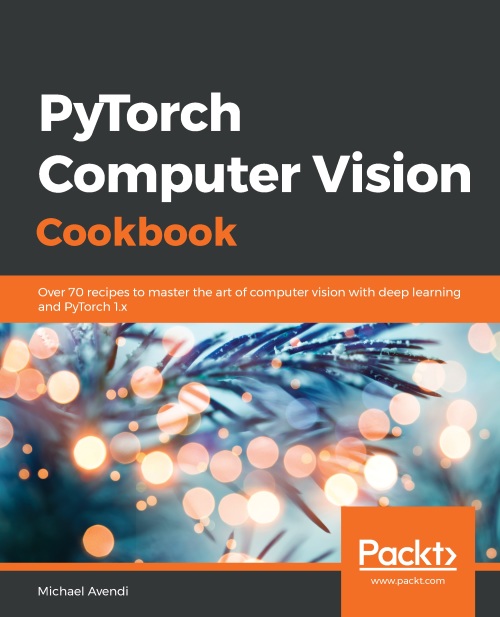
PyTorch Computer Vision Cookbook Discover powerful ways to use deep learning algorithms and solve real-world computer vision problems using Python Key Features Solve the trickiest of problems in computer vision by combining the power of deep learning and neural networks Leverage PyTorch 1.x capabilities to perform image classification, object detection, and more Train and deploy enterprise-grade, deep learning models for computer vision applications Book Description Computer vision techniques play an integral role in helping developers gain a high-level understanding of digital images and videos. With this book, you'll learn how to solve the trickiest problems in computer vision (CV) using the power of deep learning algorithms, and leverage the latest features of PyTorch 1.x to perform a variety of CV tasks. Starting with a quick overview of the PyTorch library and key deep learning concepts, the book then covers common and not-so-common challenges faced while performing image recognition, image segmentation, object detection, image generation, and other tasks. Next, you'll understand how to implement these tasks using various deep learning architectures such as convolutional neural networks (CNNs), recurrent neural networks (RNNs), long short-term memory (LSTM), and generative adversarial networks (GANs). Using a problem-solution approach, you'll learn how to solve any issue you might face while fine-tuning the performance of a model or integrating it into your application. Later, you'll get to grips with scaling your model to handle larger workloads, and implementing best practices for training models efficiently. By the end of this CV book, you'll be proficient in confidently solving many CV related problems using deep learning and PyTorch. What you will learn Develop, train and deploy deep learning algorithms using PyTorch 1.x Understand how to fine-tune and change hyperparameters to train deep learning algorithms Perform various CV tasks such as classification, detection, and segmentation Implement a neural style transfer network based on CNNs and pre-trained models Generate new images and implement adversarial attacks using GANs Implement video classification models based on RNN, LSTM, and 3D-CNN Discover best practices for training and deploying deep learning algorithms for CV applications Who this book is for Computer vision professionals, data scientists, deep learning engineers, and AI developers looking for quick solutions for various computer vision problems will find this book useful. Intermediate-level knowledge of computer vision concepts, along with Python programming experience is required. COMPUTERS,Artificial Intelligence,Computer Vision & Pattern Recognition
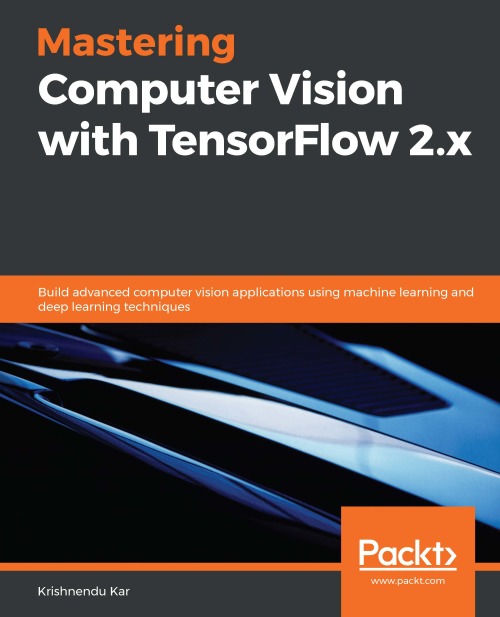
Mastering Computer Vision with TensorFlow 2.x Apply neural network architectures to build state-of-the-art computer vision applications using the Python programming language Key Features Gain a fundamental understanding of advanced computer vision and neural network models in use today Cover tasks such as low-level vision, image classification, and object detection Develop deep learning models on cloud platforms and optimize them using TensorFlow Lite and the OpenVINO toolkit Book Description Computer vision allows machines to gain human-level understanding to visualize, process, and analyze images and videos. This book focuses on using TensorFlow to help you learn advanced computer vision tasks such as image acquisition, processing, and analysis. You'll start with the key principles of computer vision and deep learning to build a solid foundation, before covering neural network architectures and understanding how they work rather than using them as a black box. Next, you'll explore architectures such as VGG, ResNet, Inception, R-CNN, SSD, YOLO, and MobileNet. As you advance, you'll learn to use visual search methods using transfer learning. You'll also cover advanced computer vision concepts such as semantic segmentation, image inpainting with GAN's, object tracking, video segmentation, and action recognition. Later, the book focuses on how machine learning and deep learning concepts can be used to perform tasks such as edge detection and face recognition. You'll then discover how to develop powerful neural network models on your PC and on various cloud platforms. Finally, you'll learn to perform model optimization methods to deploy models on edge devices for real-time inference. By the end of this book, you'll have a solid understanding of computer vision and be able to confidently develop models to automate tasks. What you will learn Explore methods of feature extraction and image retrieval and visualize different layers of the neural network model Use TensorFlow for various visual search methods for real-world scenarios Build neural networks or adjust parameters to optimize the performance of models Understand TensorFlow DeepLab to perform semantic segmentation on images and DCGAN for image inpainting Evaluate your model and optimize and integrate it into your application to operate at scale Get up to speed with techniques for performing manual and automated image annotation Who this book is for This book is for computer vision professionals, image processing professionals, machine learning engineers and AI developers who have some knowledge of machine learning and deep learning and want to build expert-level computer vision applications. In addition to familiarity with TensorFlow, Python knowledge will be required to get started with this book. COMPUTERS,Artificial Intelligence,Computer Vision & Pattern Recognition
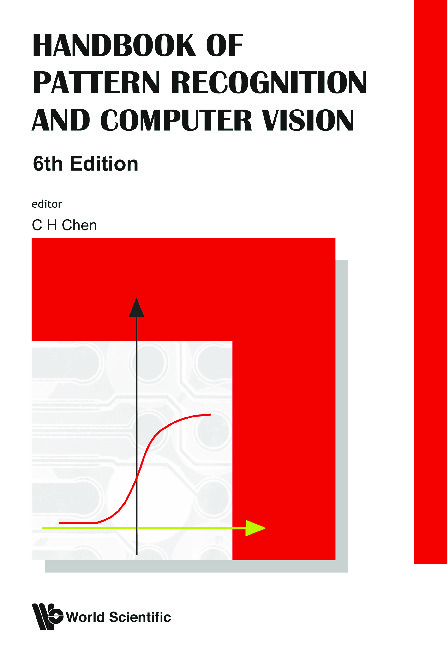
Handbook Of Pattern Recognition And Computer Vision (6th Edition) Written by world-renowned authors, this unique compendium presents the most updated progress in pattern recognition and computer vision (PRCV), fully reflecting the strong international research interests in the artificial intelligence arena.Machine learning has been the key to current developments in PRCV. This useful comprehensive volume complements the previous five editions of the book. It places great emphasis on the use of deep learning in many aspects of PRCV applications, not readily available in other reference text. COMPUTERS,Artificial Intelligence,Computer Vision & Pattern Recognition
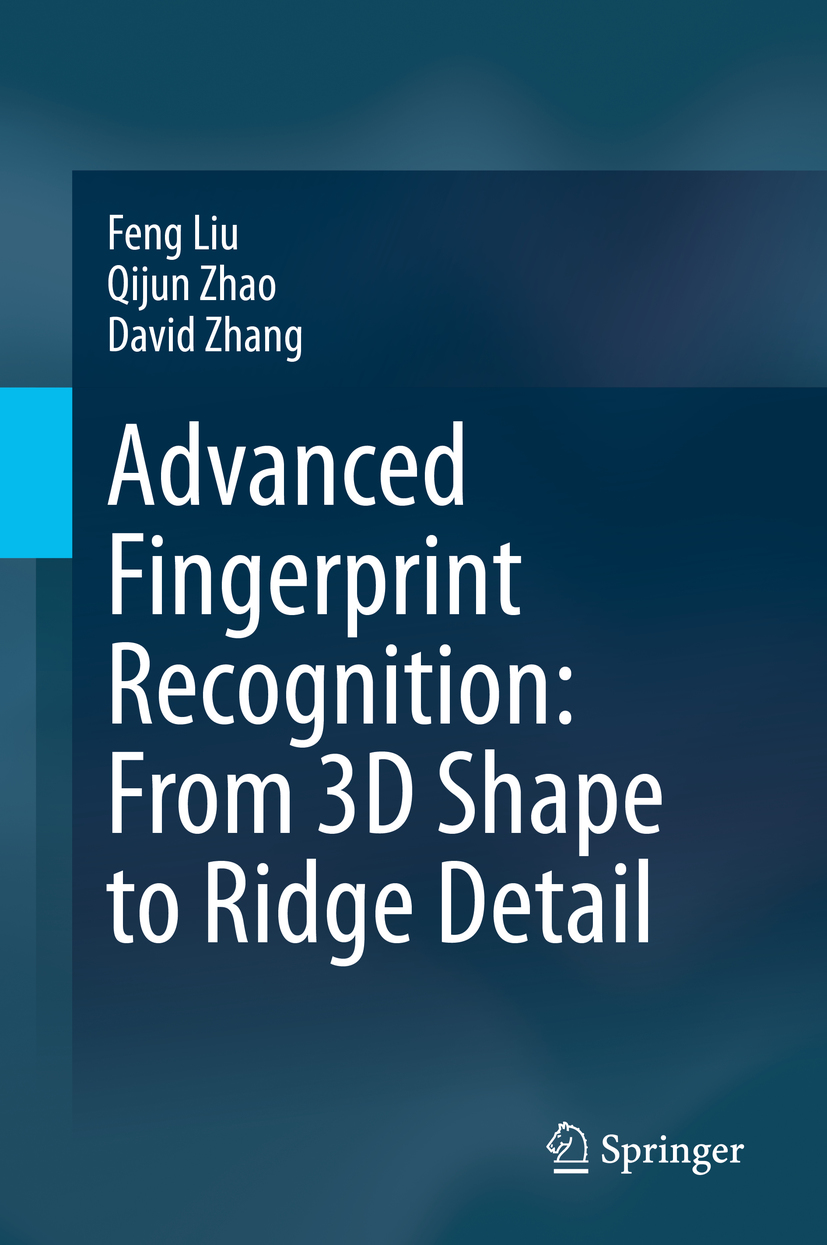
Advanced Fingerprint Recognition Fingerprints are among the most widely used biometric modalities and have been successfully applied in various scenarios. For example, in forensics, fingerprints serve as important legal evidence; and in civilian applications, fingerprints are used for access and attendance control as well as other identity services. Thanks to advances in three-dimensional (3D) and high-resolution imaging technology, it is now feasible to capture 3D or high-resolution fingerprints to provide extra information and go beyond the traditional features such as global ridge patterns and local ridge singularities used in conventional fingerprint recognition tasks. This book presents the state of the art in the acquisition and analysis of 3D and high-resolution fingerprints. Based on the authors’ research, this book focuses on advanced fingerprint recognition using 3D fingerprint features (i.e., finger shape, level 0 features) or high-resolution fingerprint features (i.e., ridge detail, level 3 features). It is a valuable resource for researchers, professionals and graduate students working in the field of computer vision, pattern recognition, security/biometrics practice, as well as interdisciplinary researchers. COMPUTERS,Artificial Intelligence,Computer Vision & Pattern Recognition
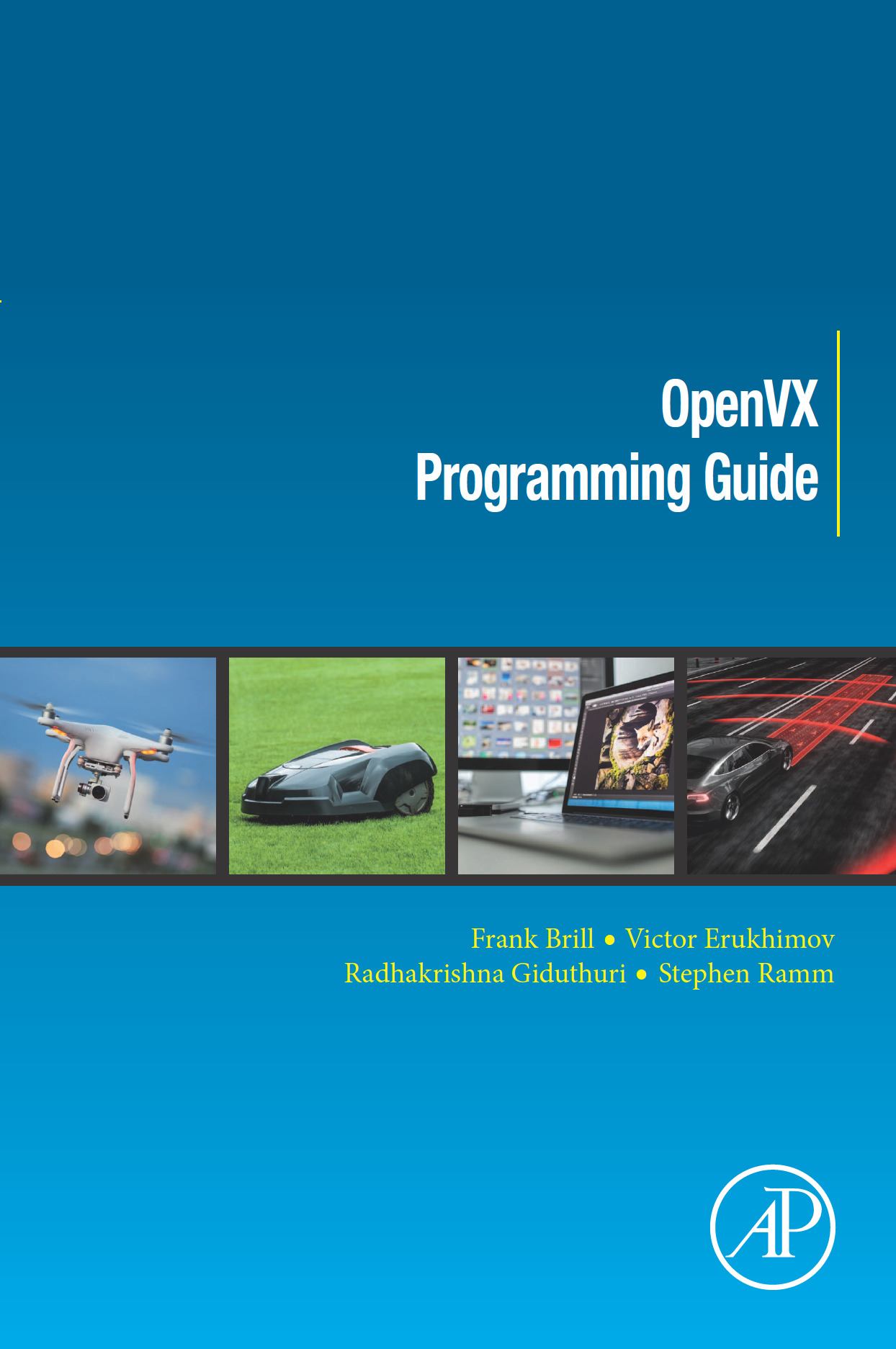
OpenVX Programming Guide OpenVX is the computer vision API adopted by many high-performance processor vendors. It is quickly becoming the preferred way to write fast and power-efficient code on embedded systems. OpenVX Programming Guidebook presents definitive information on OpenVX 1.2 and 1.3, the Neural Network, and other extensions as well as the OpenVX Safety Critical standard. This book gives a high-level overview of the OpenVX standard, its design principles, and overall structure. It covers computer vision functions and the graph API, providing examples of usage for the majority of the functions. It is intended both for the first-time user of OpenVX and as a reference for experienced OpenVX developers. Get to grips with the OpenVX standard and gain insight why various options were chosen Start developing efficient OpenVX code instantly Understand design principles and use them to create robust code Develop consumer and industrial products that use computer vision to understand and interact with the real world COMPUTERS,Artificial Intelligence,Computer Vision & Pattern Recognition
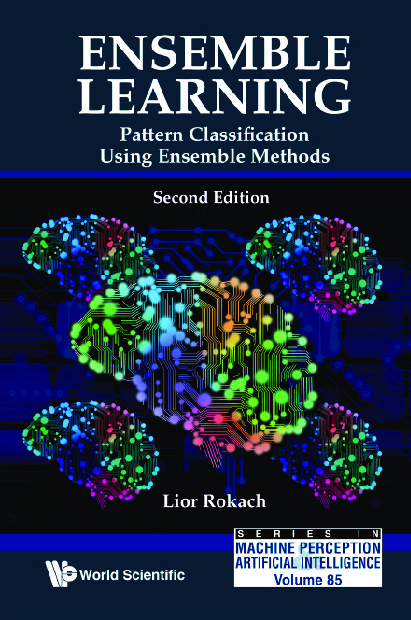
Ensemble Learning This updated compendium provides a methodical introduction with a coherent and unified repository of ensemble methods, theories, trends, challenges, and applications. More than a third of this edition comprised of new materials, highlighting descriptions of the classic methods, and extensions and novel approaches that have recently been introduced.Along with algorithmic descriptions of each method, the settings in which each method is applicable and the consequences and tradeoffs incurred by using the method is succinctly featured. R code for implementation of the algorithm is also emphasized.The unique volume provides researchers, students and practitioners in industry with a comprehensive, concise and convenient resource on ensemble learning methods. COMPUTERS,Artificial Intelligence,Computer Vision & Pattern Recognition
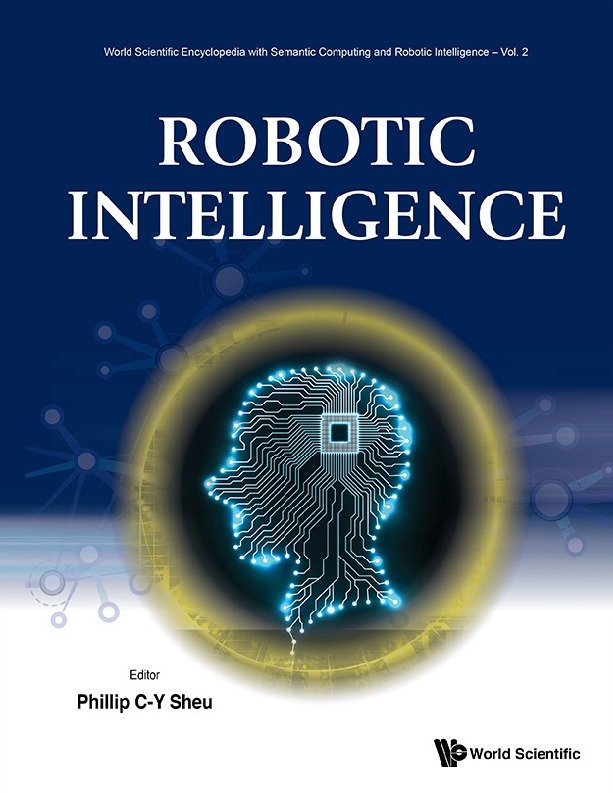
Robotic Intelligence This volume aims to provide a reference to the development of robotic intelligence, built upon Semantic Computing, in terms of 'action' to realize the 'context' and 'intention' formulated by Semantics Computing during the 'thinking' or reasoning process. It addresses three core areas: COMPUTERS,Artificial Intelligence,Computer Vision & Pattern Recognition
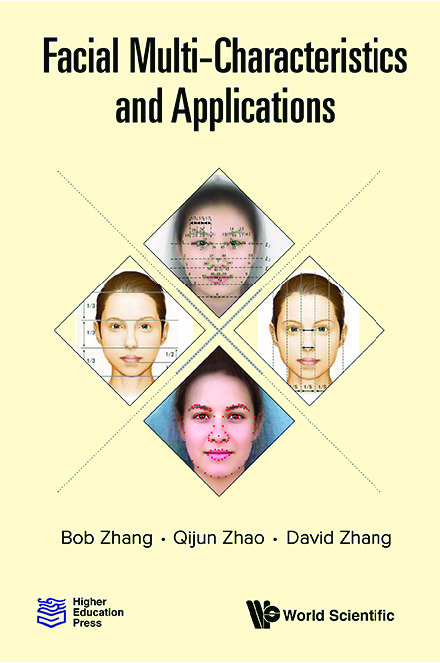
Facial Multi-characteristics And Applications What features or information can we observe from a face, and how can these information help us to understand the person concerned, in terms of their well-being and what can we learn about and from each given feature? This book answers these questions by first dividing a face's multiple characteristics into two main categories: original (or physiological) features and features that change over a lifetime. The first category, original features, may be further divided into two sub-classes: features special (or unique) to an individual, and features common to a particular group. The second, changed features, can also be subdivided into two groups: features altered due to disease or features altered by other external factors. From these four sub-categories, four different applications — facial identification using original and special features; beauty analysis using original common features; facial diagnosis by disease changed features; and expression recognition through affect-changed features — are identified.The book will benefit researchers, professionals, and graduate students working in the field of computer vision, pattern recognition, security/clinical practice, and beauty analysis, and will also be useful for interdisciplinary research. COMPUTERS,Artificial Intelligence,Computer Vision & Pattern Recognition

Syntactic Pattern Recognition This unique compendium presents the major methods of recognition and learning used in syntactic pattern recognition from the 1960s till 2018. Each method is introduced firstly in a formal way. Then, it is explained with the help of examples and its algorithms are described in a pseudocode. The survey of the applications contains more than 1,000 sources published since the 1960s. The open problems in the field, the challenges and the determinants of the future development of syntactic pattern recognition are discussed.This must-have volume provides a good read and serves as an excellent source of reference materials for researchers, academics, and postgraduate students in the fields of pattern recognition, machine perception, computer vision and artificial intelligence. COMPUTERS,Artificial Intelligence,Computer Vision & Pattern Recognition
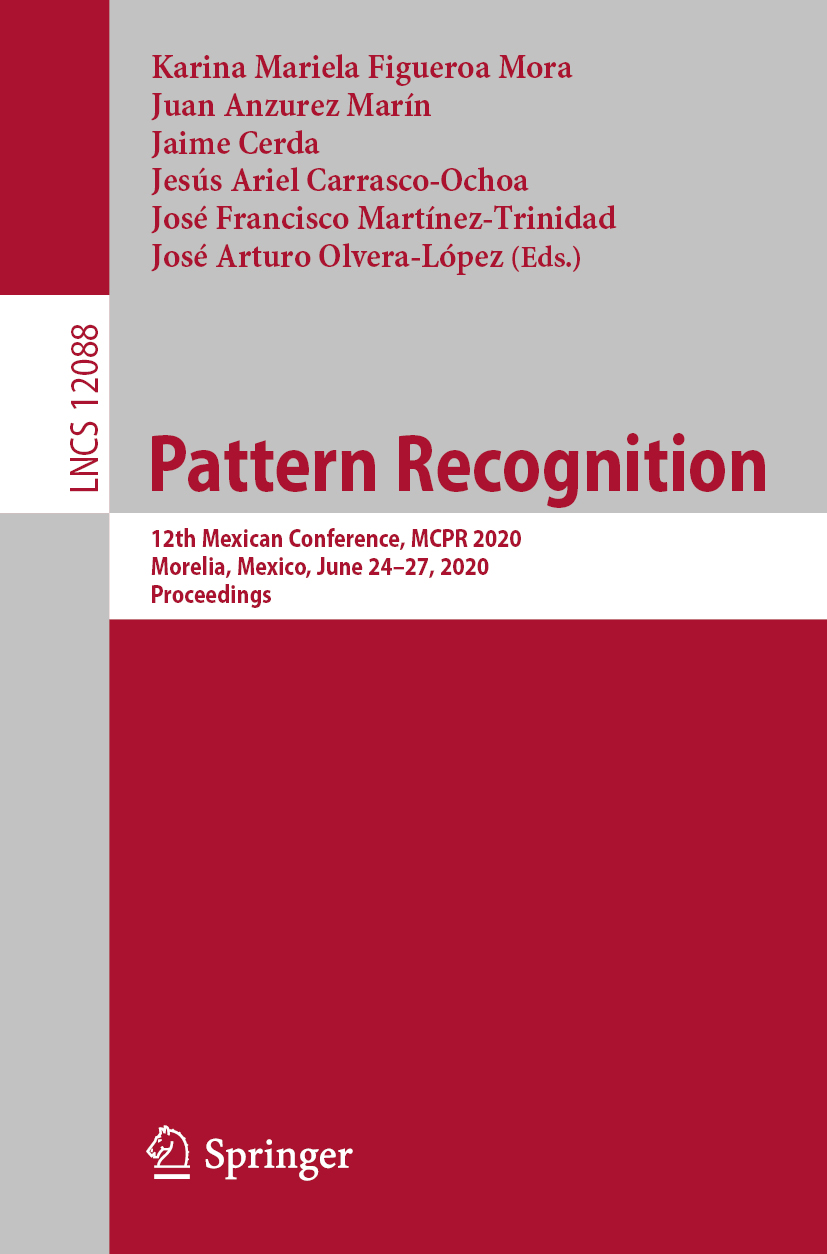
Pattern Recognition This book constitutes the proceedings of the 12th Mexican Conference on Pattern Recognition, MCPR 2020, which was due to be held in Morelia, Mexico, in June 2020. The conference was held virtually due to the COVID-19 pandemic. The 31 papers presented in this volume were carefully reviewed and selected from 67 submissions. They were organized in the following topical sections: pattern recognition techniques; image processing and analysis; computer vision; industrial and medical applications of pattern recognition; natural language processing and recognition; artificial intelligence techniques and recognition. COMPUTERS,Artificial Intelligence,Computer Vision & Pattern Recognition
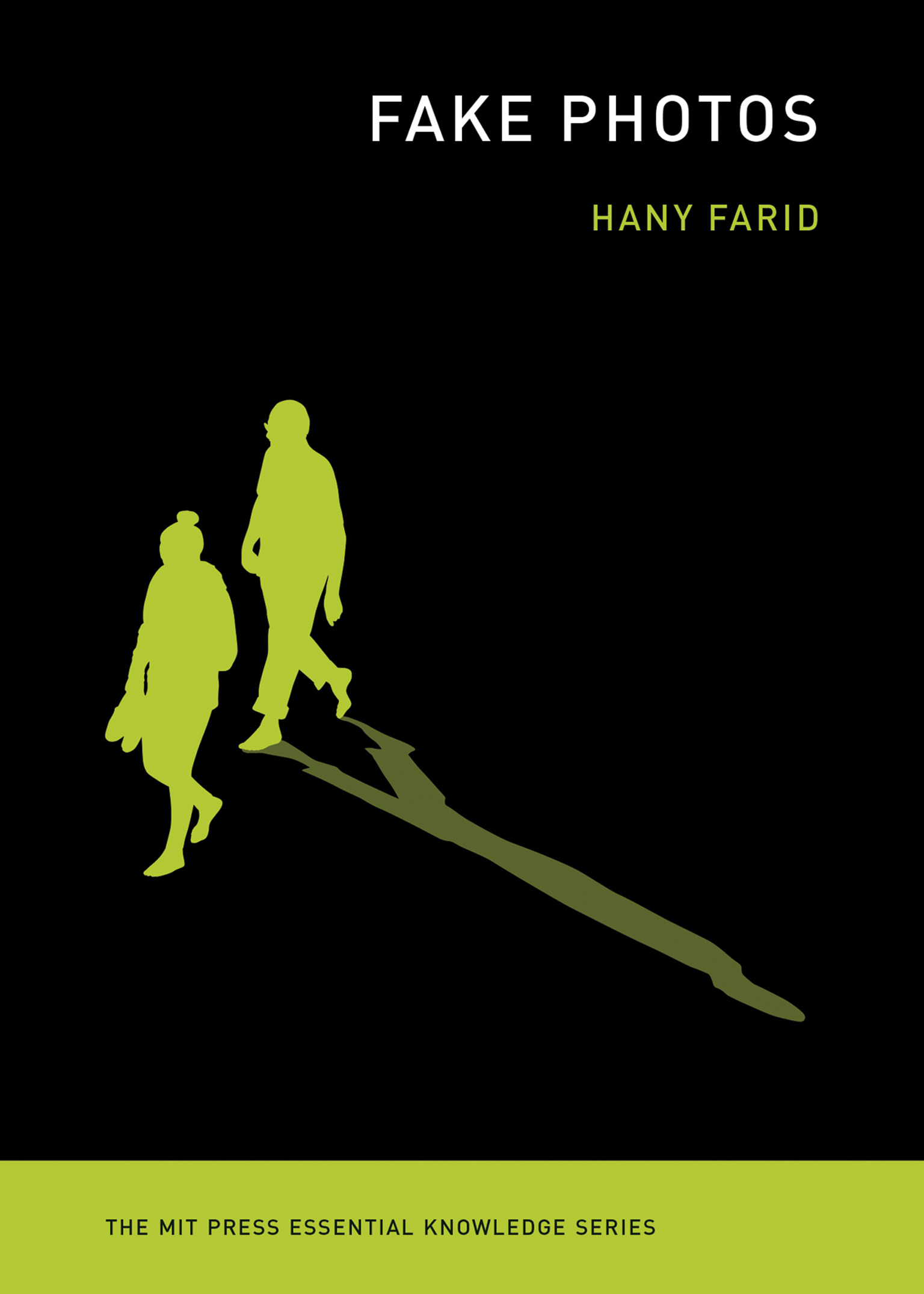
Fake Photos A concise and accessible guide to techniques for detecting doctored and fake images in photographs and digital media. Stalin, Mao, Hitler, Mussolini, and other dictators routinely doctored photographs so that the images aligned with their messages. They erased people who were there, added people who were not, and manipulated backgrounds. They knew if they changed the visual record, they could change history. Once, altering images required hours in the darkroom; today, it can be done with a keyboard and mouse. Because photographs are so easily faked, fake photos are everywhere—supermarket tabloids, fashion magazines, political ads, and social media. How can we tell if an image is real or false? In this volume in the MIT Press Essential Knowledge series, Hany Farid offers a concise and accessible guide to techniques for detecting doctored and fake images in photographs and digital media. Farid, an expert in photo forensics, has spent two decades developing techniques for authenticating digital images. These techniques model the entire image-creation process in order to find the digital disruption introduced by manipulation of the image. Each section of the book describes a different technique for analyzing an image, beginning with those requiring minimal technical expertise and advancing to those at intermediate and higher levels. There are techniques for, among other things, reverse image searches, metadata analysis, finding image imperfections introduced by JPEG compression, image cloning, tracing pixel patterns, and detecting images that are computer generated. In each section, Farid describes the techniques, explains when they should be applied, and offers examples of image analysis. COMPUTERS,Artificial Intelligence,Computer Vision & Pattern Recognition


compteur pour site







































